An October cruise from Ambon to Sorong is an incredible opportunity to dive some of the most exciting sites in the Indonesian ( and the world?) in a single trip. From the mesmerizing muck diving in Ambon to the hammerhead sharks in the Banda sea to prodigious reefs of Misool in Raja Ampat. This is Luxury Travel did this trip on the Ilike liveaboard, and it is a divers’ dream. Read on for the full story on the itinerary, a review of the Ilike boat and practical tips for your liveaboard in Indonesia
Content of this article:
The itinerary on the diving liveaboard from Ambon to Sorong.
Our cruise from Ambon to Sorong was a 12-night itinerary, visiting some of the most incredible diving destinations in Indonesia. Here I’ll detail the itinerary day by day. It is worth knowing that itineraries on cruises in Indonesia are always weather dependent. On any route, you are likely to hit bad weather for a few days with strong waves and currents. Boats keep their itineraries flexible to provide the best diving experience during the trip. This was the itinerary for our trip; if you go (which I highly recommend), yours may be a little different, but you’ll definitely see some amazing destinations and diving action.
Day 1: Arrival in Ambon
Our first day was our arrival in Ambon. It was a lazy day, as all the guests arrived at a different time. We had a chance to settle in on the boat and watch the sunset over Ambon.
It also gave all the people flying from Europe a chance to adjust to the time difference and recover from their long flight.
Day 2: Incredible Muck Diving in Ambon
The second day was all about diving. We started early, with two dives in Laha Bay. People don’t come here for the views or the beach, as the bay is quite polluted. It is, however, a diver’s paradise. It is quite incredible to have such rich dive sites so close to town. I have been to many of the places for muck diving in Indonesia, including Lembeh, Tulamben, and Sangean. Ambon still remains my favorite.
Dive site: Laha, Ambon Bay
Ambon is slowly becoming known as one of the best places in the world for muck diving.
The dive site in Laha bay has a sloping sandy bottom that becomes murkier as you go down. Most critters are between 5 and 12 meters, so there is no need to go very deep.
There are plenty of frogfishes, squids, cuttlefishes, and rhinopias. We also saw cowfishes, plenty of nudibranchs and ghost pipefishes.
TIP: As it is a sandy bottom, try not to kick the sand at the bottom to maintain excellent visibility as you dive.
After this first dive, we navigated southeast for two hours to an isolated village called Ukirula for our next dive.
Dive site: Ukirula Cave
The dive site is of a small peninsula, just to the right of the beach.
There is a cave around 7 meters that has two exit points at 15 to 25 meters. We went through the cave from top to bottom and continued on to the wall.
It is a beautiful dive site that has a lot of nudibranchs, scorpionfishes, and moray eels. While it is not as spectacular as Laha Bay for small critters, the topography of the dive site is lovely, with the unique cave and lots of sea fans.
Day 3: Exploring the Remote Nusa Laut Island
On day three, we woke up in Nusa Laut, a round-shaped island with excellent diving. As this place is mostly unknown as a dive site, I was not expecting anything and was totally impressed. The number of fishes was phenomenal.
Nusa Laut is a very isolated place with a few churches, but a pleasant surprise was that they did have a telecom tower (hello internet)!
Dive site: Ameth Knoll in Nusa Laut
Ameth knoll is a submerged sloping reef with multiple levels. The west side goes down to a sandy bottom. The right side is a deep wall going down below 50 meters. This dive site is big enough to do multiple dives, and we ended up diving it three times.
The hard-coral reef is at its most amazing at around 15 meters. Along with the beautiful corals, the amount of fishes passing by is staggering. Watch out at the corner, as big fishes can pass by.
After diving, we got to visit the village of Ameth. It was nice to get back on land to stretch our legs and see a village in this part of the world. The village is impressively clean with lots of flowers around the houses. The population was very welcoming, with “hello hello” coming from many homes.
On our way back to the boat, we came across a group of very active dolphins. They were putting on an acrobatic show for us, it seemed. It lasted for over 30 minutes and was the perfect backdrop for our sunset drinks.
Day 4: Looking for Hammerheads at Run Island
We navigated most of the night through stormy weather and substantial rain. The waves were sizeable, so it was a rough night. Amazingly, we woke up at Run island to a quiet sea and sunny weather. If you have to have bad weather, it’s not too bad to have it during overnight navigation.
The Banda sea is becoming an increasingly popular destination to see schools of hammerheads. Hammerheads hang out in Banda from the end of September to early December. October is usually the best month to see them here.
Being there at the end of October, we were very hopeful that we’d get to meet those sea giants, and our two planned dives in Run would be our best chances.
Dive site: Tanjung Norett at Run Island
Tanjung means corner in Indonesian. As can be expected from its name, Tanjung Norett is the corner at the eastern tip of the island.
The shallow part of this dive site is a mix of sand and coral bommies. At 8 to 10 meters, it becomes a very steep wall that goes down to over 100 meters.
The wall is nice but not exceptional, so there main reason people dive here is for a chance to see hammerheads. On our first dive, everyone in our group saw two hammerheads, except for me. But I did see a few other big fishes like tunas and barracudas.
Fortunately, we were staying in Banda for two more days of diving, so I would have more chances to see the famous hammerheads.
Day 5: Discovering the History of Banda Neira
A liveaboard cruise onboard Ilike is not only about diving, but also discovering interesting places above the water. On the morning of day five, we got to visit Banda Neira and learn about its historical significance.
Banda was the epicenter of the spice islands, producing cloves and nutmeg. The Netherlands and the UK fought over it to control the spice market.
The Netherlands even exchanged Run Island for Manhattan in 1677. You can find out more about that story here.
We visited the historical town with all its pretty colonial houses, visited the museum and saw the fort.
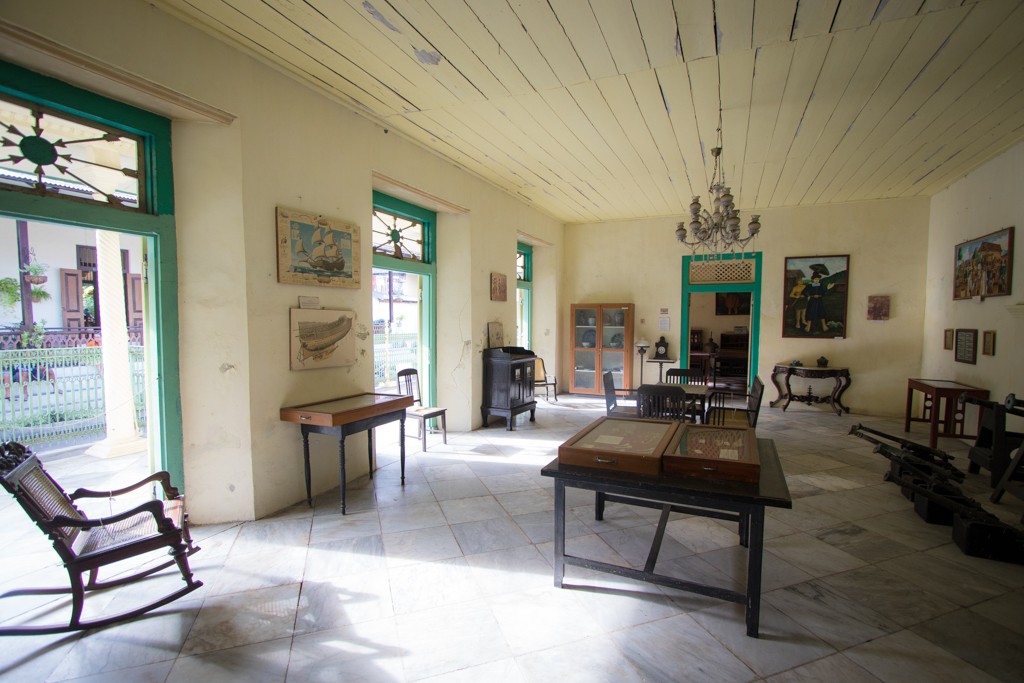
We then continued to a nutmeg plantation where we had breakfast and got to try the local delicacies.
The tour of the local market was fun. The crew bought a fresh fish at the market that we had for dinner, which was great. We also stoped by a school and received a very warm welcome from the students
If you go to the Banda islands, make sure you visit the town of Banda Neira, as it is one of the most interesting towns in Indonesia.
TIP: Don’t forget to bring back some nutmeg. They are super tasty and make for great presents at home.
Dive site: Batu Kapal near Banda Neira
Batu Kapal is a rock sticking out above the water. There is a vast plateau at about 5 meters that has delicate corals and sea fans, and two more pinnacles at 12 and 15 meters.
Most of the pelagic hang out in the upside corner. There are tunas and big jacks here as well. Hammerheads are often patrolling the area, but we didn’t see them on this dive.
This site has lots of fish, but the coral was pretty broken down. Not the best dive site compared to others on this trip, but overall not bad at all.
Day 6: Finally Meeting Hammerheads at Suangi Seamount!
I was starting to worry that we would not see hammerheads despite diving in the Banda sea in October.
Suangi (also called Manukan) is a rock formation in the middle of nowhere. It is a 2-hour boat ride from Banda Neira, so the boat departed when we were still sleeping. It was fun to see that even though the Ilike boat left after many other boats in Banda Neira, we were the first to arrive in Suangi. The Ilike is fast, which is great because it gives you a lot more time at the dive sites. Suangi Seamount looked spectacular. Our early arrival allowed us to witness the sunrise, with hundreds of birds flying around.
There were brown-footed booby and frigate birds that birdwatchers would travel a long way to see.
Dive site: Suangi Seamount
Suangi is a big rock that sticks out of the water. It is definitely the place to be in October, and there were eight other boats around us!
Fortunately, we started early and were the first group underwater, so we had the whole dive site to ourselves and no one to scare the sharks away.
There are two parts to this dive site. The first one starts around the island, with a shallow reef at 5 meters, then a steep wall that goes all the way to 25 meters.
The second part, where most of the action is, is on the nearby submerged pinnacle starting at a depth of 15 meters.
There were so many fishes, including vast schools of tuna that were hunting the fusiliers, which moved in and out in a flash.
A large group of hammerheads came to check us out and stayed with us for most of the dive. It was my first time seeing them, and wow, they are big! It was definitely worth the wait!
Hammerheads are often seen here in October and November. We saw about 10 of them, but people sometimes see hundreds passing by the Suangi Seamount dive site.
Beside the hammerheads, there was so much fish action going on that I barely looked at the coral. I saw a Marlin fish, among others.
This dive requires negative entry to ensure you find the pinnacle spit, as this is where the big pelagic hang out. Overall, it’s one of the best dive sites ever, and we got to dive it three times!
What an incredible day, diving with those giants.
TIP: Bring your reef hook for this dive, as the current can be fierce.
Day 7: Diving the Healthy Reef at Koon island
We arrived in paradise-looking Koon and were escorted by dolphins and marlins. Koon is a palm-fringed tropical island with a sandy beach.
Koon Island is an exciting place, as it is located between three seas: the Banda Sea, the Arafura Sea, and the Seram sea. Not many people get to dive here because it is remote, and it requires a special permit.
Dive site: North Koon
This place is nicknamed “too many fishes,” and it is easy to see why. Schools of fish are everywhere. The dive site is protected by the village from overfishing, and they do a great job.
The northern part is a steep wall. A bit further up, there is a sandy patch in the middle with beautiful coral bommies. The whole place is very scenic. There are usually a lot of currents here, and the site often requires negative entry and a reef hook if you want to stay in the corners where most of the fishes hang out.
We saw big groups of snappers, barracudas, and trevallies. We also saw large groupers and Napoleon. The vast schools of batfishes were dreamlike.
The place was also first-class for macro shooting, with octopuses, leaf fishes, blue-ribbon eels, scorpionfishes, and more.
Visibility wasn’t excellent on the day we were there, but it was a fantastic dive definitely worth seeing.
Day 8: First Glimpse of the Astonishing Diving at Misool in Raja Ampat
Our eighth day was an exciting one. We arrived in Daram, the southern part of Misool, which in my opinion offers some of the best diving in the world. The area has healthy reefs and an incredible number and variety of fishes.
I actually ended up being a bit underwhelmed by the two dives we did in Daram, the southern part of Misool.
Dive site: Warna Berwarna
Its name means “vivid color” in Indonesian. There is a prominent limestone rock over the surface. What makes this dive site unique is the soft corals in vibrant orange, purple, and yellow. You’ll also see some huge sea fans. We found plenty of pygmy seahorses in those sea fans as well.
Dive site: Andiamo
This dive site is created by two small islands that are surrounded by a big reef. There is a channel at 5-7 meters between the islands.
This site is relatively similar to Warna Bewarna, with millions of fishes and beautiful soft corals. We again saw plenty of pygmy seahorses and even an orangutan crab.
After this dive, we navigated further south, to central Misool, and this was when we had some truly amazing dives.
Dive site: Yiliet
This dive site has a romantic name: Romeo is the big island, and Yiliet is the small one nearby. This dive site has a startling shallow plateau and an incredible number of fishes, as I expected to see in Misool. There is usually a school of barracudas in the shallows.
Day 9: Fun in Central Misool
Central Misool is, in my opinion, the core of Raja Ampat. Beyond offering beautiful dive sites, there is a booking system in place so that only one group is allowed to dive a particular site at a time. This makes for uncrowded dives and the chance to really experience everything.
TIP: If you book a cruise in Raja Ampat, make sure it spends a few days in Misool. It is the most beautiful area of the park. Many of the budget boats don’t cover Misool because it is more remote, so it costs more in petrol to get there.
Dive site: Shadow Reef
Shadow Reef is one of the best dive sites in the world, partly because of its topography, but mostly for the massive amount of fishes you can see there.
It is a submerged pinnacle. The shallowest part is at 5 meters and has a manta cleaning station. There is another cleaning station on the opposite side, which is about 20 meters down. The two extremities are connected by a beautiful ridge full of corals.
It is always an adventure to dive there. I have seen mantas, both reef and oceanic, countless sharks, and tons of fish action. If you are lucky, you can witness the big fishes hunting.
We saw a few dolphins from the boat above the dive site but unfortunately didn’t see them again once we were in the water.
Dive site: Boo’s Window
Boo’s Window is another iconic Misool and Raja Ampat dive site. It’s another limestone island, with two holes in the cliff-forming the “window.” The two parts of the island are connected by a ridge that is 7 to 10 meters deep.
This dive site has everything: a massive amount of fish, sharks, and lots of nudibranchs. A colossal oceanic manta even came over to say hi!
My descriptions can’t really do those sites justice, so make sure you watch my videos. They were done in a single dive using a simple GoPro.
We visited the Misool ranger’s station for sunset. It is on a beautiful white sand beach with turquoise water full of baby sharks. It was a great place to spend the evening.
Day10: More Amazing Dives in Misool
Any day diving in Misool is a fantastic day, and our third day in the area didn’t disappoint.
Dive site: Boo Ridge East
This is the big island next to Boo Window.
The wall is nice, but the corals are not as amazing as in other parts of Raja Ampat. The number of fishes was quite limited when we dove it, but we saw a leopard shark within 5 minutes of going down! A few blacktip sharks were also patrolling the area. Three types of pygmy seahorses can be found here, and it was easy to spot all of them.
For the last ten minutes of our dive, we had a manta that stayed with us, which was the perfect ending for the day. She was getting cleaned on the corner so there must be a cleaning station there.
This site had some of the strongest currents that we experienced in Misool, including some down current.
Overall, it was a fantastic dive full of life.
Dive site Nudi Rock
Day 11: Moving to Northern Misool
As we traveled to Northern Misool, we could see that this part of the park is less well-protected. We encountered a fisherman and noticed that there weren’t nearly as many fishes as there had been in central Misool.
Dive site: Goa Farondi
Goa Farondi is interesting because of its topography. It contains an underwater cave that starts at 2 meters and goes down to 25 meters. The rest of the dive is a wall that goes down to 40 meters.
At 10 meters, there is a nice hard coral garden that is full of shrimps. While it wasn’t as vibrant as other sites, it was still a nice dive.site: Eddy cave Farondi
The diving here is very different from the rest of Misool. All the corals and fishes have pastel colors: orange, pink, light blue, light green… even the scorpionfishes are white. It is a perfect place to find the blue devil nudibranch.
The topography is interesting as well. There is a dome at 3 or 4 meters. Once you go in, there is a chamber inside the mountain where you can breathe fresh air. There is another smaller dome after the first cave that has some electric clams.
The current was very hectic when we dove it, and the visibility was poor.
After diving, we visited a deserted lagoon. What a majestic place! Imagine shallow turquoise water surrounded by enormous limestone cliffs covered by trees.
It is so peaceful: you can only hear the sound of the water and the birds. The setting sun created various shadows. The smell of the trees was quite strong, a bit similar to eucalyptus. This is a place where you can relax all your senses and feel at one with nature.
Day 12: Visiting Penemu Lagoon, the Most Famous Location in Raja Ampat
We continued north, toward Northern Raja Ampat, and visited a few nice dive sites.
Dive site: Keruo Channel
This dive site is a channel between two islands. Depending on where you are in the drift, it is a mix between a wall and a sloping reef. We encountered a gentle current here. This dive seemed a bit tame after the great dives we did around Misool in the last few days.
They usually are Wobegon at the bottom, but we didn’t see any.
TIP: To find the Wobegon sharks, look for covered areas (under corals or rocks) where there are many glass fishes.
Dive site: Melissa’s Garden
Melissa’s Garden dive site is composed of three small islands forming a shallow turquoise.
It is one of Raja Ampat’s most famous dive sites because of the phenomenal amount of hard corals. There are a few ridges in the south part of the reef that go to 20 meters. The hard-coral plateau is surrounded by sand.
We saw a few blacktips and a white tip shark passing by in the sand. There are schools of sweetlips and fusiliers. While the hard corals were terrific, there weren’t as many fishes, likely due to the presence of a village nearby.
Three giant clams have been there for over a century: definitely keep an eye out for them.
Dive site: Batu RufusThis dive site is by an island that has an interior lagoon. It starts with a coral garden that becomes a ridge. The ridge goes down to 30 meters. This dive site blew me away with the colors of its soft corals. It felt like it had been painted by very talented artists.
In the afternoon, we took a gentle hike to the viewpoint of Penumu’s Lagoon. We were then rewarded by one of the most beautiful sunsets of the whole trip. What a pleasure to watch it with a drink from the top deck of Ilike!
Day 13: Our Last Day in Raja Ampat
The twelfth day was our last day to dive, and it went by so quickly! We did two dives before making our way back to Sorong.
Dive site: Blue Magic
Blue Magic is probably the most popular dive site in Raja Ampat, and it is easy to see why. There is a manta cleaning station here. It is a submerged seamount a bit like the shadow reef dive site. The top is at 11 meters, and the seamount goes down to 30 meters. It requires a negative entry to dive in the upside current. The schools of fish and the action on this dive site make it a truly exhilarating experience.
Dive site: Cape Kri
This dive site is off the peninsula of Kri island. There is a shallow plateau at the beginning, and the slope is steep, going down to 30 meters.
This site is famous for schools of fish, including schools of Barracudas. Beware of this dive site: the current can be fierce. We did experience some mighty currents, probably a bit more than we bargained for.
I am pretty sure we will never forget this last dive at Cape Kri!
We then departed for five hours of navigation back to our final destination: Sorong. We cruised past beautiful islands. The sunset was yet again spectacular, and the last cocktails with all the other passengers gave us the chance to remind ourselves of the great moments we experienced during this phenomenal cruise.
The Ilike boat review on the cruise from Ambon to Raja Ampat
Ilike is a Belgian liveaboard company that I grew to love. I have already done a few trips with them and always return with great pleasure. This is my fifth trip on Ilike, and I have reviewed the boat in detail in this article. Check it out.
The staff is very experienced, and the boat has been build to do those types of long expeditions.
The cabins are not the most luxurious at sea ( see below), but the boat has ample common space. So introverted people can always find a quiet place to relax. The boat is set up for professional underwater photographers with charging stations and a large camera table, so it tends to attract very advanced divers. The dive deck is one of the largest of boats in Indonesia, making it easy to dress up before a dive.
The dining area is open onto the sea. What a great place to have breakfast watching the sunrise over the water!
What cabin to choose on Ilike liveaboard?
If you are wondering what type of cabins to chose on the Ilike, read here for the suite, here for the standard cabin, and here for the budget cabin. There are basically no bad cabins on Ilike, but the more you are willing to pay, the better the cabin is, so it is really up to you.
TIP: if you get easily seasick, try and get a cabin at the back of the boat
The service on Ilike liveaboard
As usual, the service was truly outstanding. The food is tasty, the boat is immaculate. But what makes Ilike unique is the constant smile of the crew and the attention to detail. From getting a fresh warm towel after every dive to warm chocolate after the night dive to the help putting on your wetsuit, the crew is always on the lookout for ways to assist us. It is easy to become lazy while onboard. Not only are they helpful, but you can also see that there is a pleasant atmosphere in the crew.
The food onboard ilike liveaboard
Ilike liveaboard is lucky to have Gibbon, a very experienced chef who has worked all across the Pacific ocean, to prepare the meals. You can see him all day in his well-equipped kitchen, chopping, mixing, and baking.
He cooks a mix of western and Indonesian food and is very talented in using spices.
Breakfast is a la carte. Lunch is usually a buffet with a choice of 4 or 5 dishes. The dinner was a bit more formal. The table is set with candles and table cloths for the 3-course meal.
On this cruise, we enjoyed Tuna, Mahi Mahi, pizza, beef with pepper sauce, arancini meatballs, Mexican tacos, Mousaka, plenty of pasta, and the list goes on.
The passengers on our Ilike cruise from Ambon to Sorong
We were 11 passengers on this trip ( and 15 crew so we were pampered by the attentive team)
Most of the passengers came from Europe. Swiss, Belgium, and Spain were the main countries. All the divers were very experienced. With 500 dives, I was one of the juniors. A lady was celebrating her 7500 dives!
3 snorkelers also joined us. They were happier with the snorkel in Raja Ampat than Ambon and the Banda sea. It was overall, a great group.
How to get to Ambon and Sorong
There are currently no international flights to Ambon or Sorong, so you’ll still need to connect in either Bali or Jakarta. Both Ambon and Sorong are a direct flight away from Jakarta, so relatively easy to get to. Air Asia started operating a new flight from Jakarta to Sorong, and it is currently the cheaper option.
If you are coming from Bali, you will need to connect overnight in Makassar
TIP: the Ibis Airport hotel is located within the airport, so it is a great place to sleep during the few hours between the 2 flights. It is affordable, and you can find the best rate on hotel combined by clicking here. They compare the rates of all booking agents and always find you the best one.
TIP: At the time of writing, Garuda allows 23 kg of diving equipment as free extra luggage, making it the best choice of airline for divers in Indonesia. If the schedule doesn’t work, then Air Asia is my second favorite choice
The Lionair flight might look cheaper, but if you have diving gear and a lot of luggage, it will end up being very expensive. If you are thinking of booking Lionair ( Wing and Batik are also part of Lionair) because it looks cheaper, do read my review on why I will not fly Lion air Here.
TIP: Liveaboards usually do 2 dives on the morning of the last day, so any flights after 1 pm should work for you and allow you to have your safety 24 hours interval between diving and flights.
If you plan to spend some time in Sorong, read my article about what to do in Sorong here
And if you plan to spend more time in Ambon, read my article about diving in Ambon here.
Internet and phone signal on the cruise from Ambon to Sorong
If you want internet access during your cruise, buy a Telekomcel card with a data package upon arrival. Some places now ask a copy of your passport to register the card, so you might want to bring a photocopy.
Ambon has excellent 4 G coverage allowing you to even stream video.
Ukirulula village and Nusa Laut also had good coverage. Not always strong enough for data calls but good enough for emails and WhatsApp.
TIP: Sometimes, the 3G connection works better than 4G, so check the settings on your phone and try them both.
On day 4, we had no connection while cruising around Run, one of the banda island, despite seeing a mobile phone tower not too far from us.
Banda Neira had excellent internet. Enough for WhatsApp phone calls
There is no internet near the Suangi seamount.
The whole Misool area has no internet coverage, but I was able to get a GSM signal in some parts and send SMS or do phone calls.
In Raja Ampat, near Cape Kri or Mellissa’s garden, there is internet available. Enough for messages and emails but not for calls or files download.
Sorong Bay has good phone coverage to end your trip.
TIP: The signal gets better, the higher you get on the boat. It would often not work in my cabin below deck but would work on the top deck.
Conclusion of my diving liveaboard from Ambon to Sorong
A diving cruise from Ambon to Sorong is one of the best itineraries a diver could wish for. You get the small critters in Ambon, the big pelagics in the Banda Sea, and the fantastic reefs and schools of fishes in Raja Ampat. It would be hard to do a better and more diverse itinerary. In October, as a bonus, you have the possibility of diving with schools of hammerheads in the Banda Sea. The ilike liveaboard is a great boat and perfectly designed to handle those long exploration trips. Don’t miss this cruise, and make sure you book early as this itinerary in October is often fully booked a year in advance.
Happy diving!

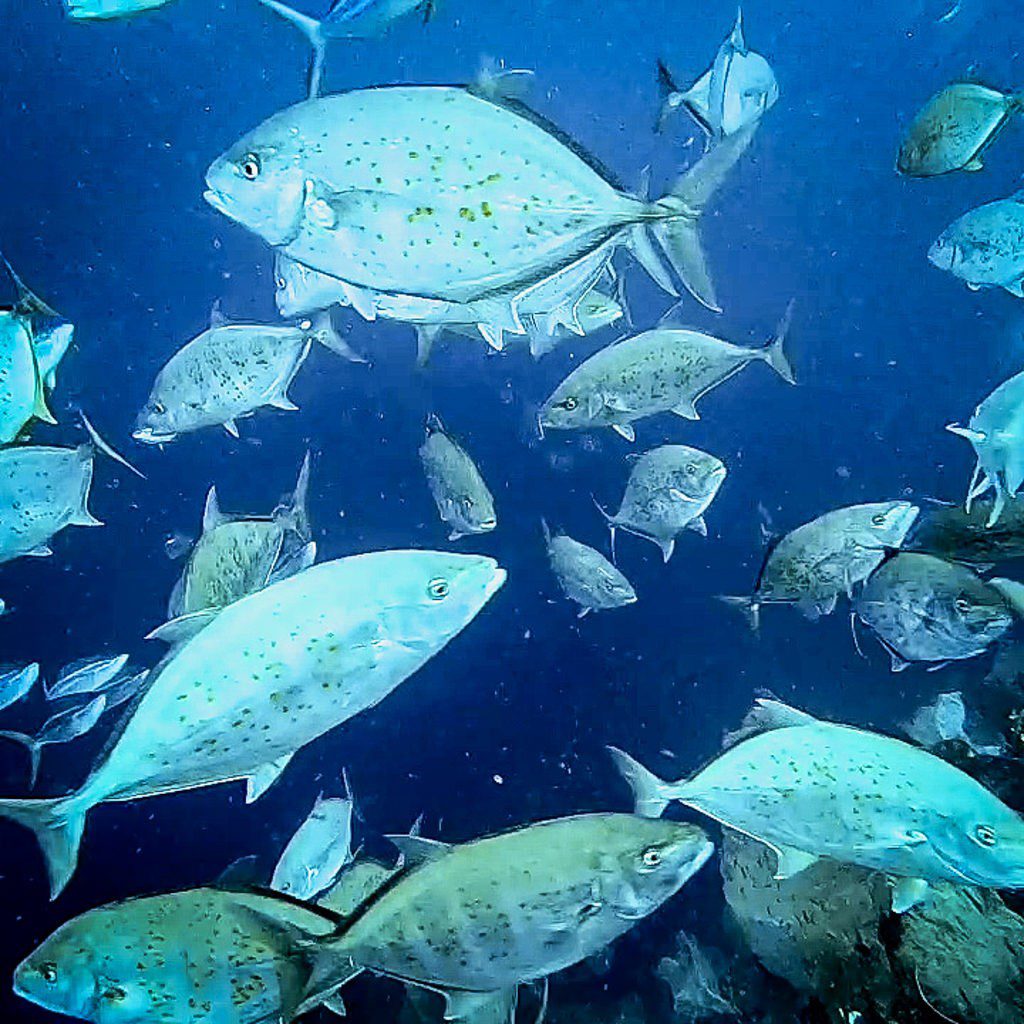
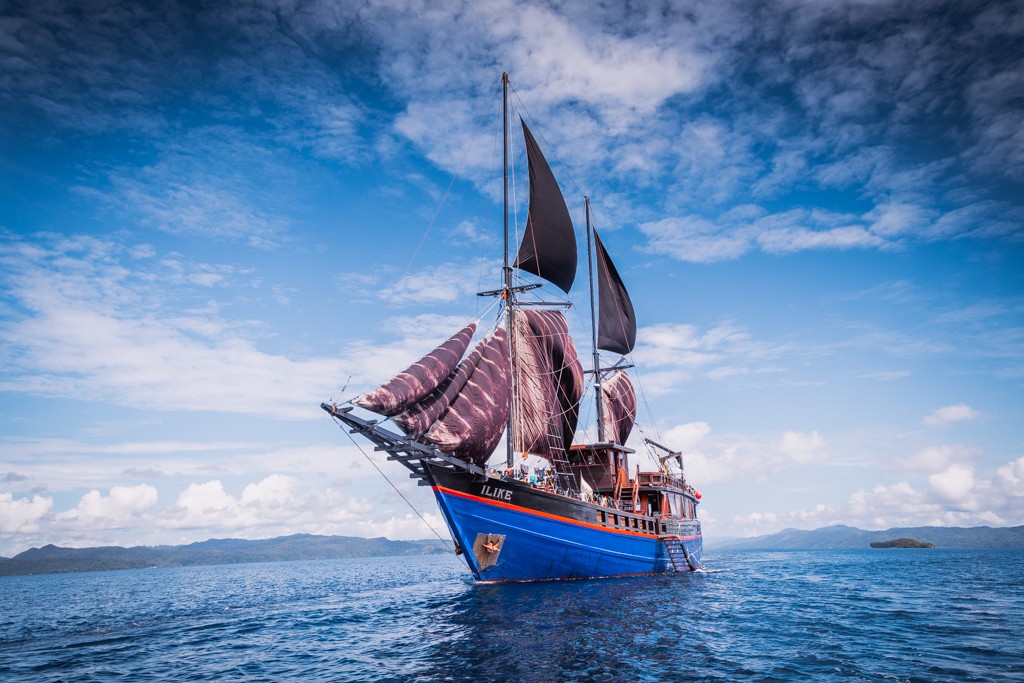
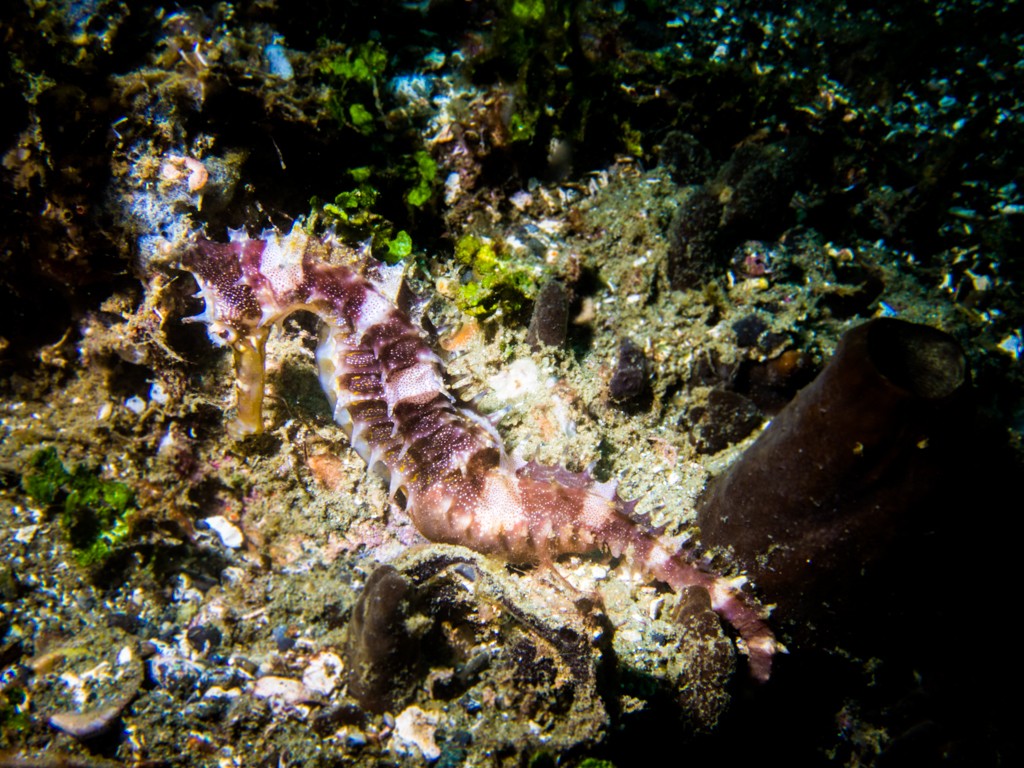
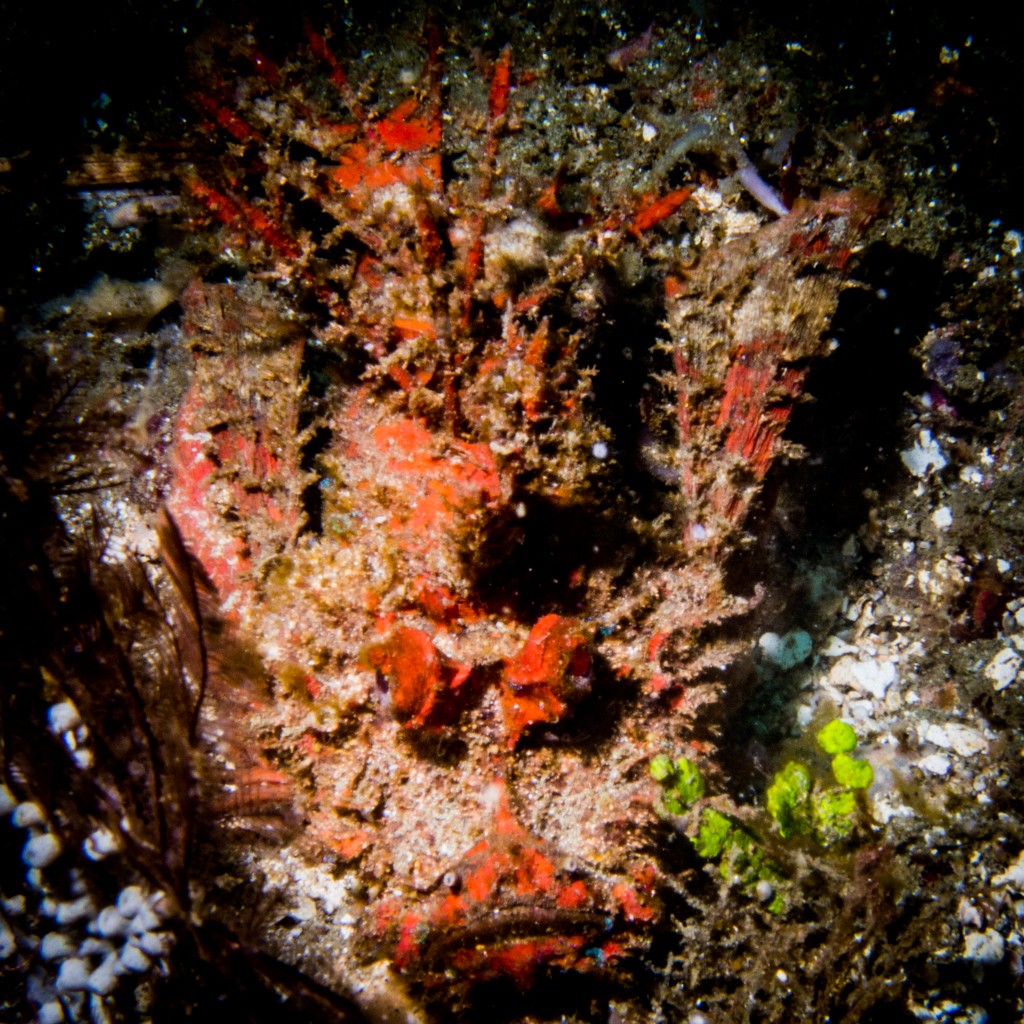
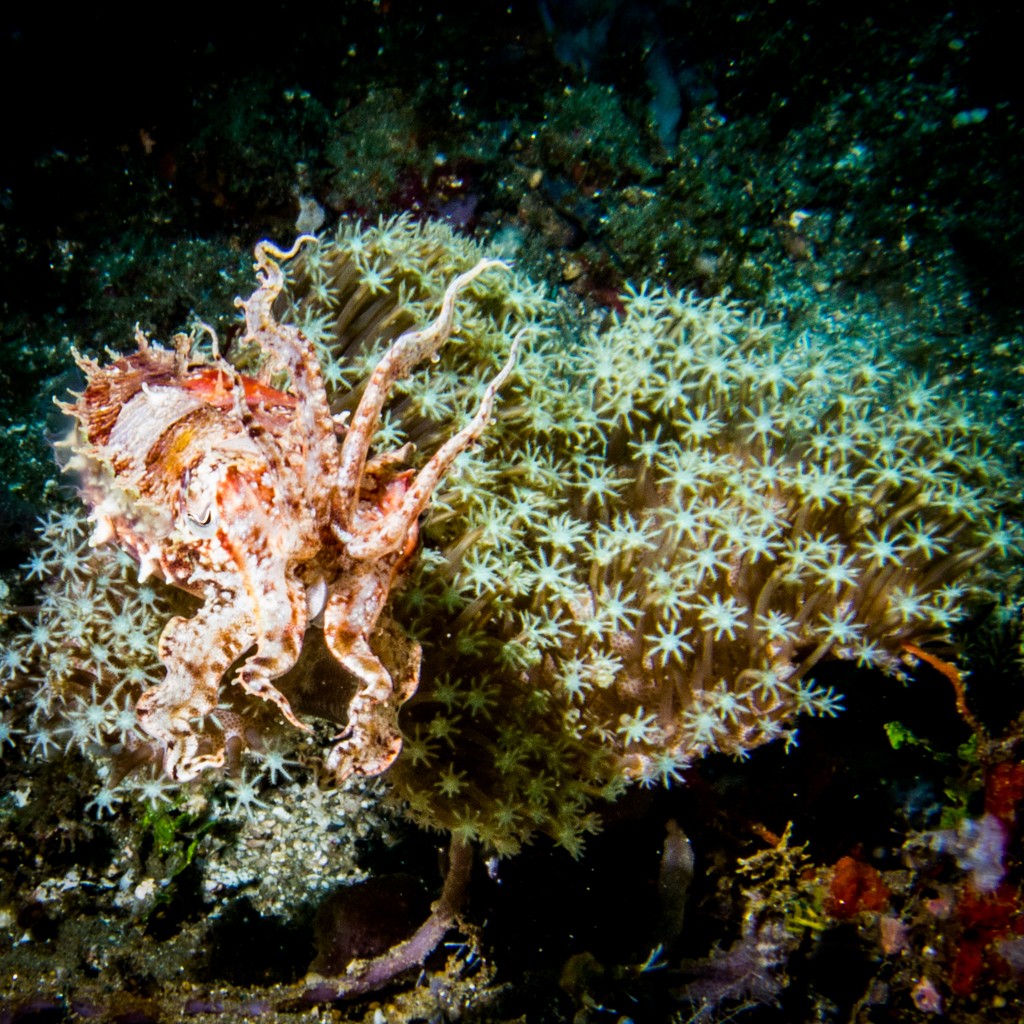
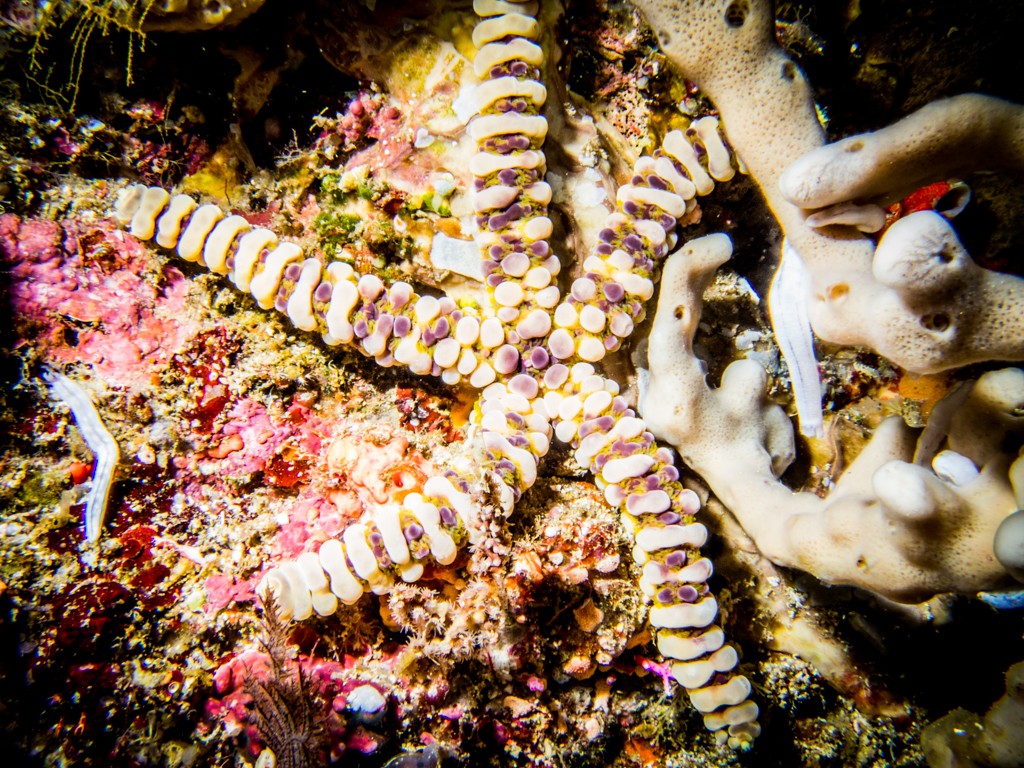
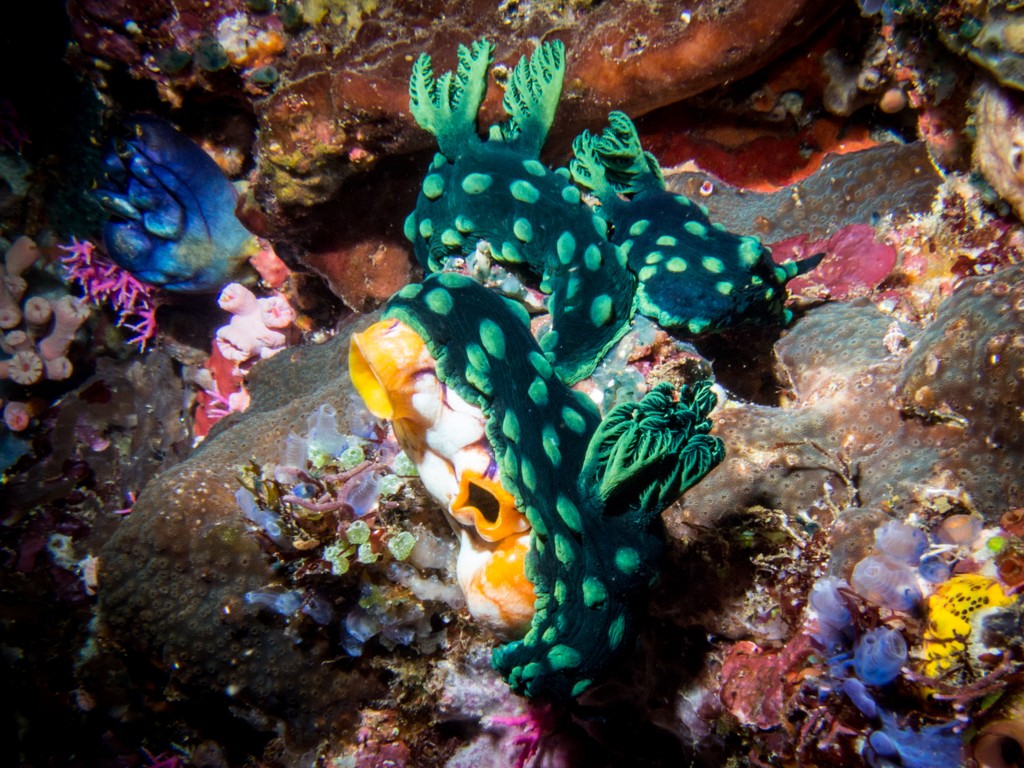
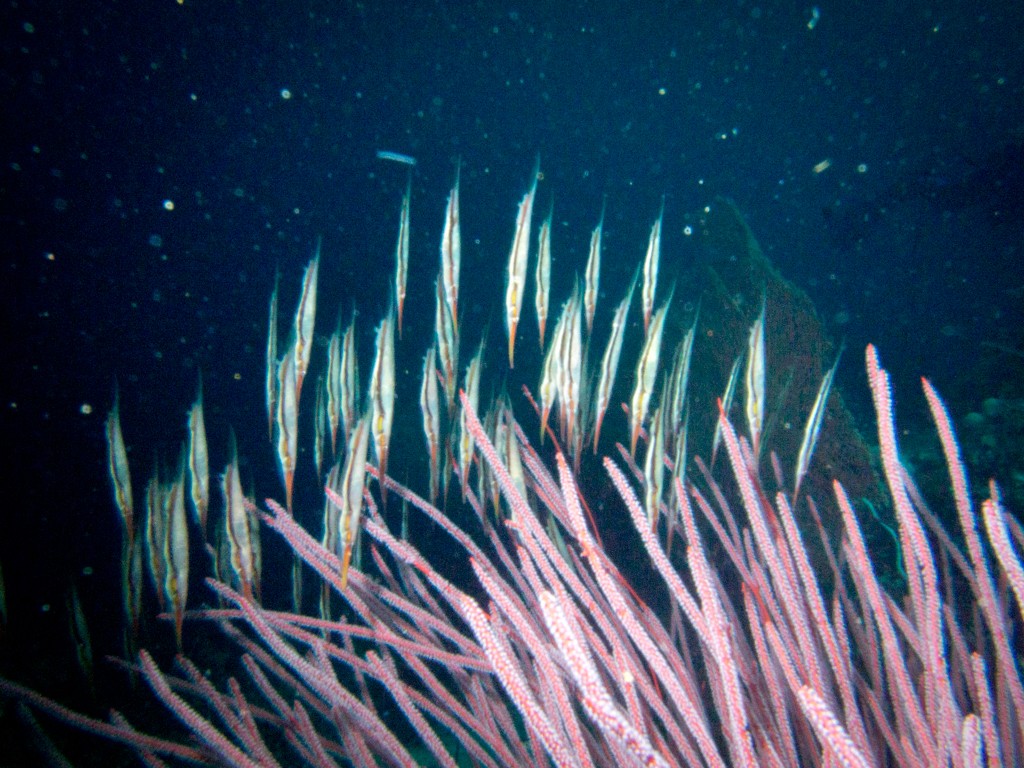
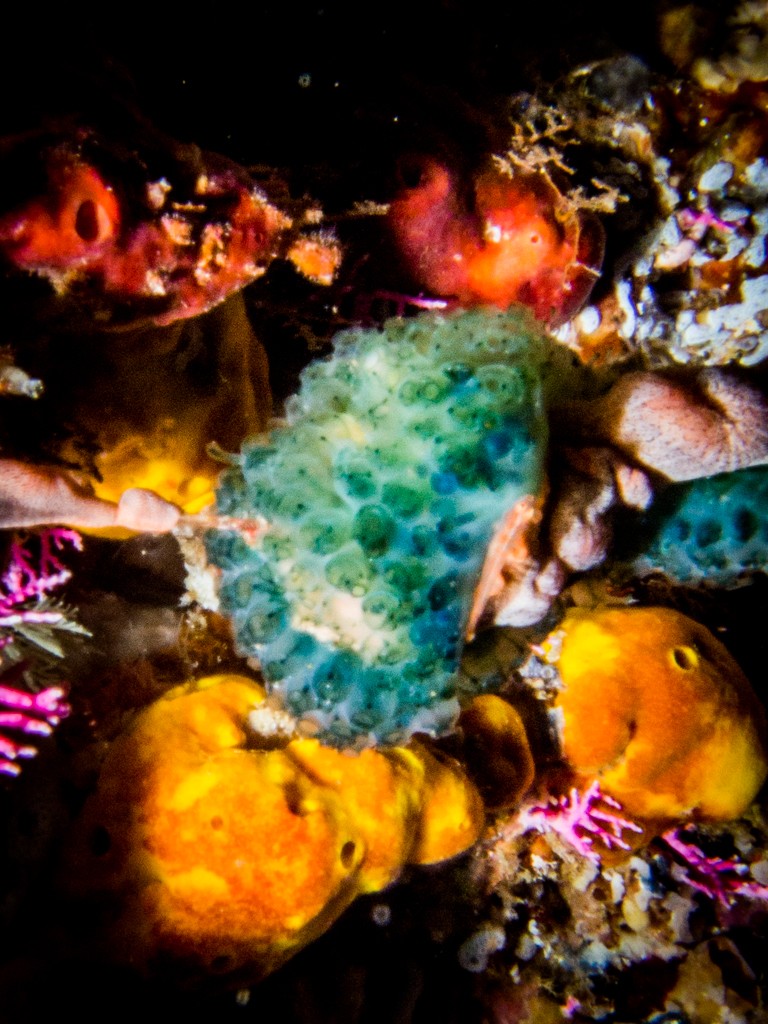
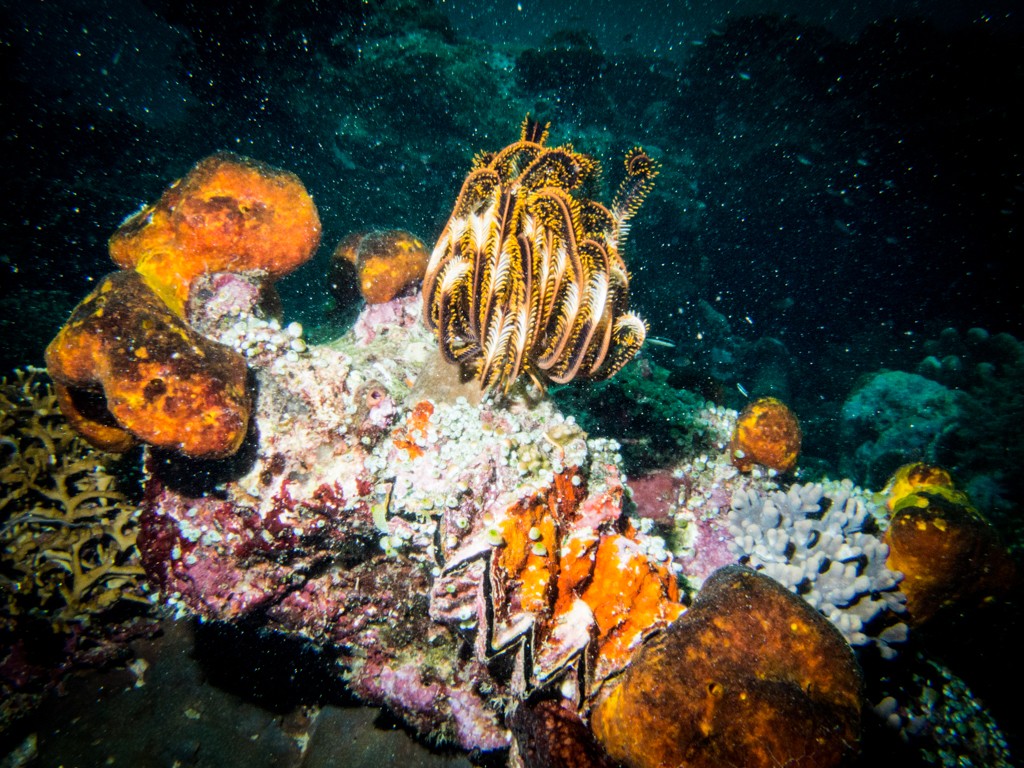
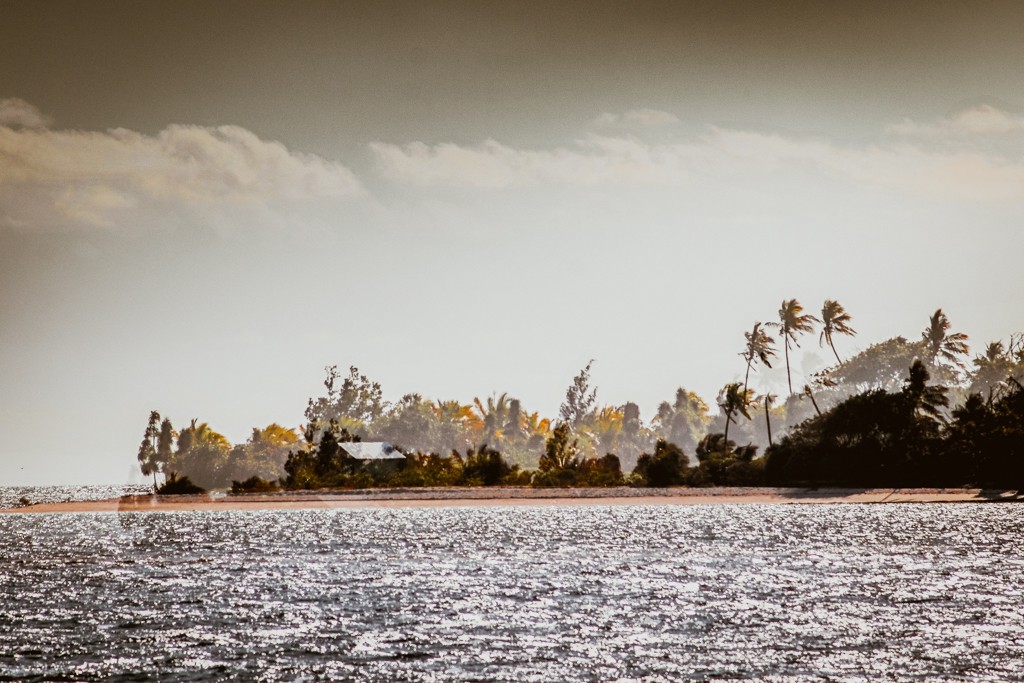
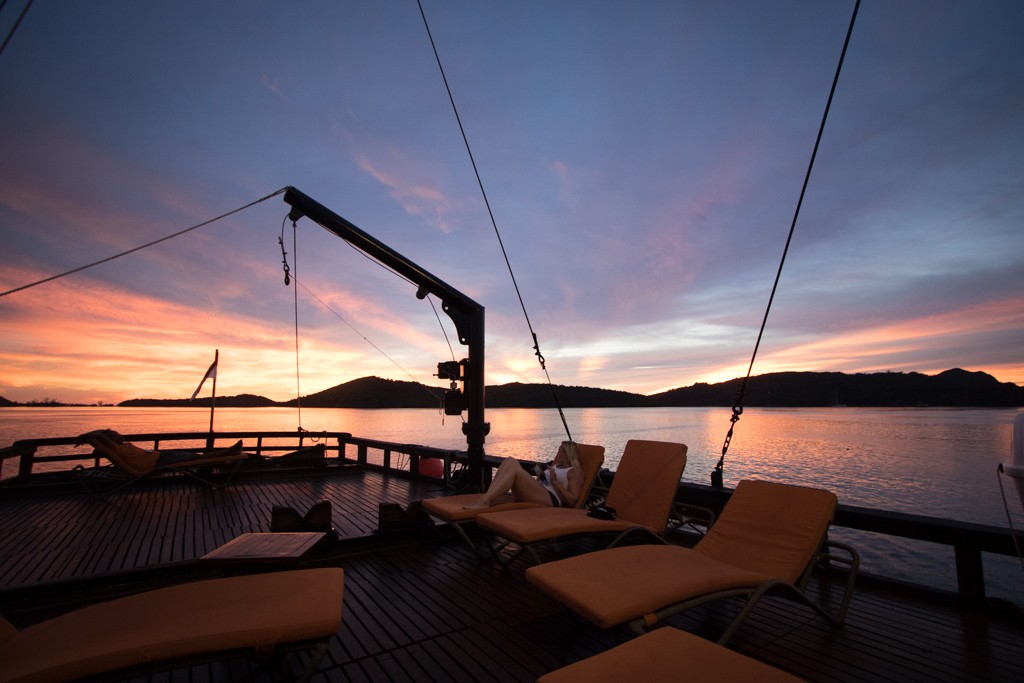
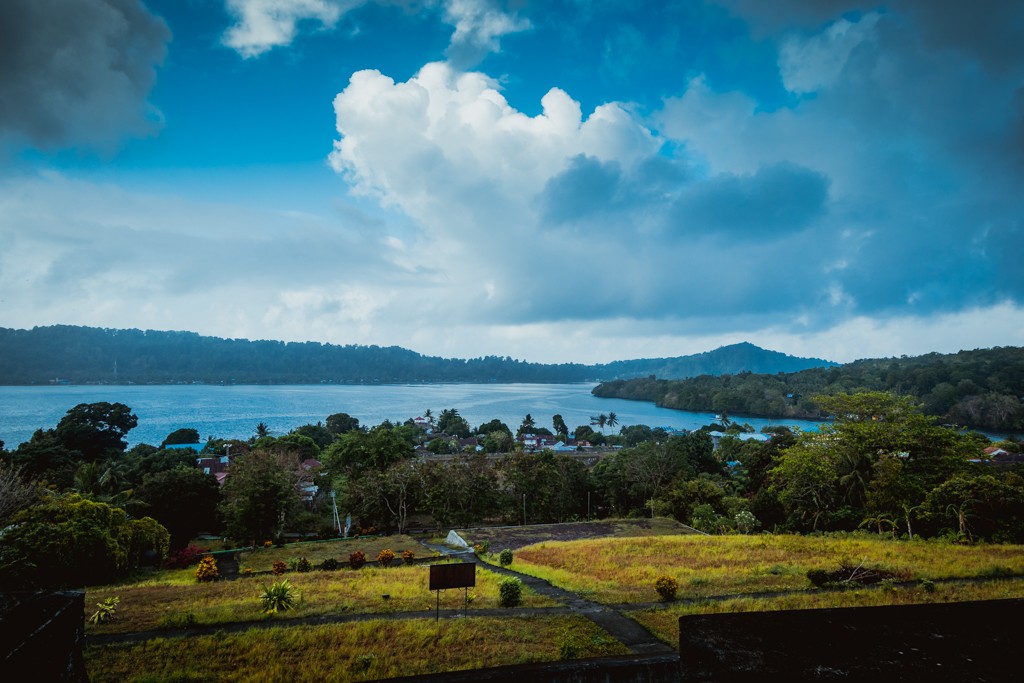
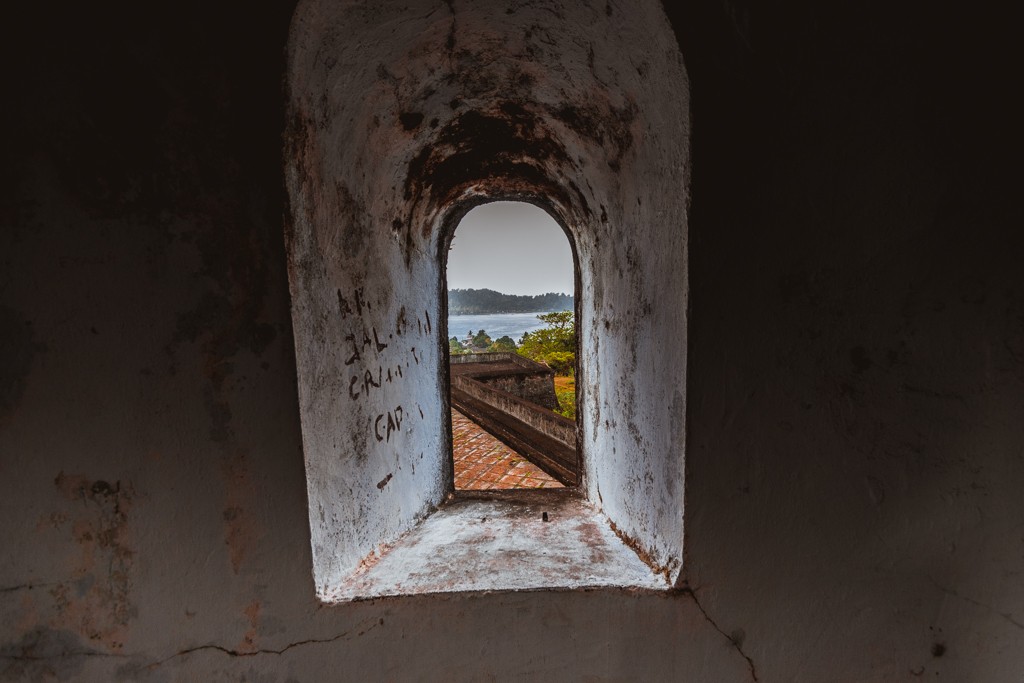
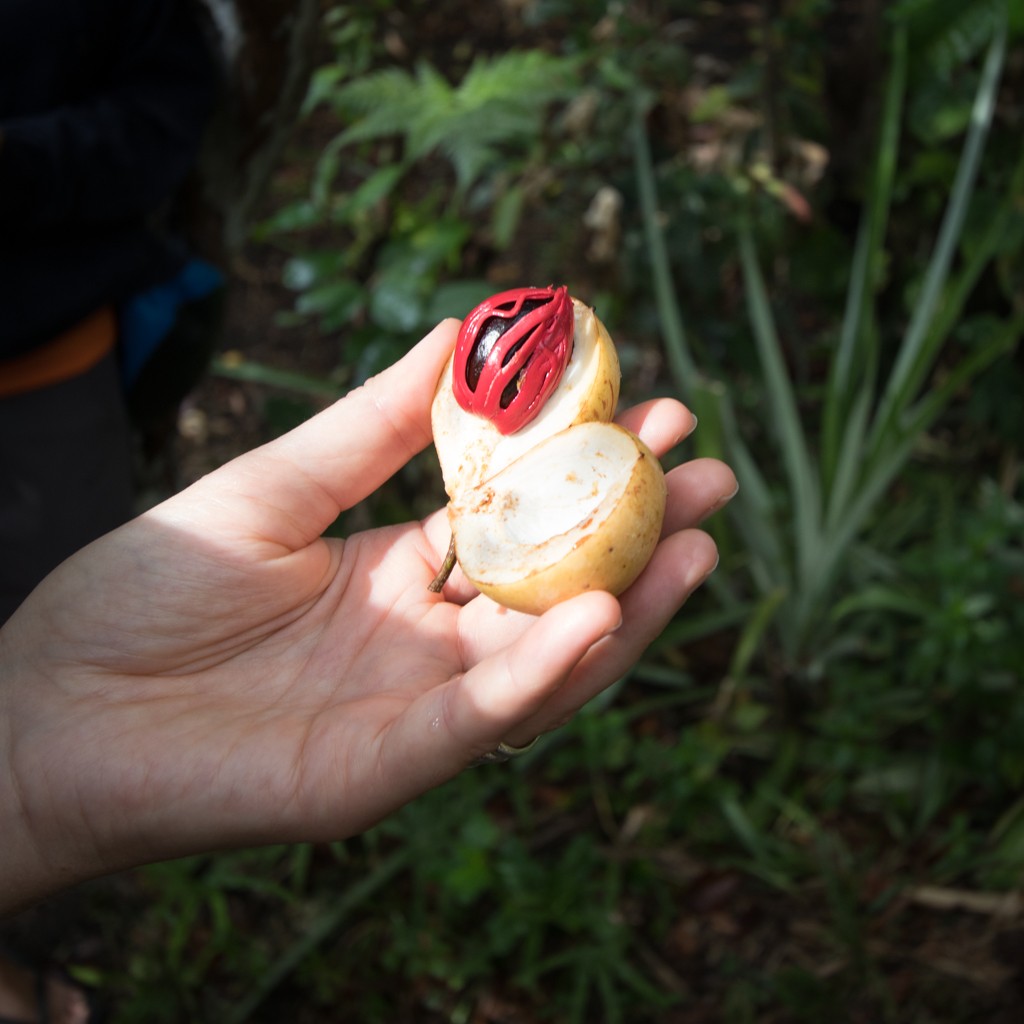
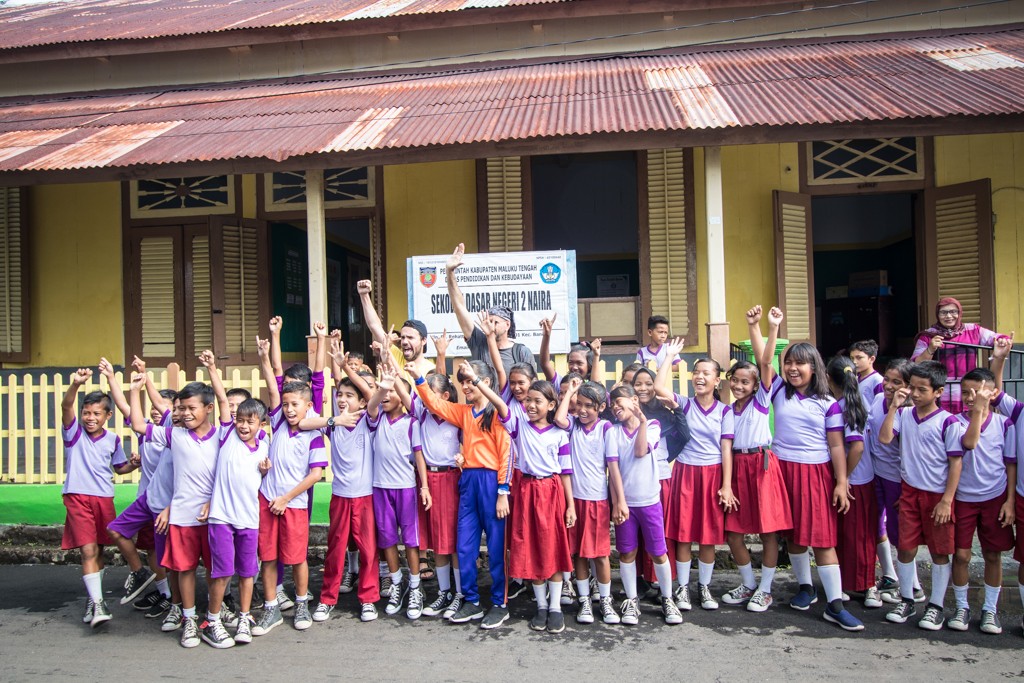
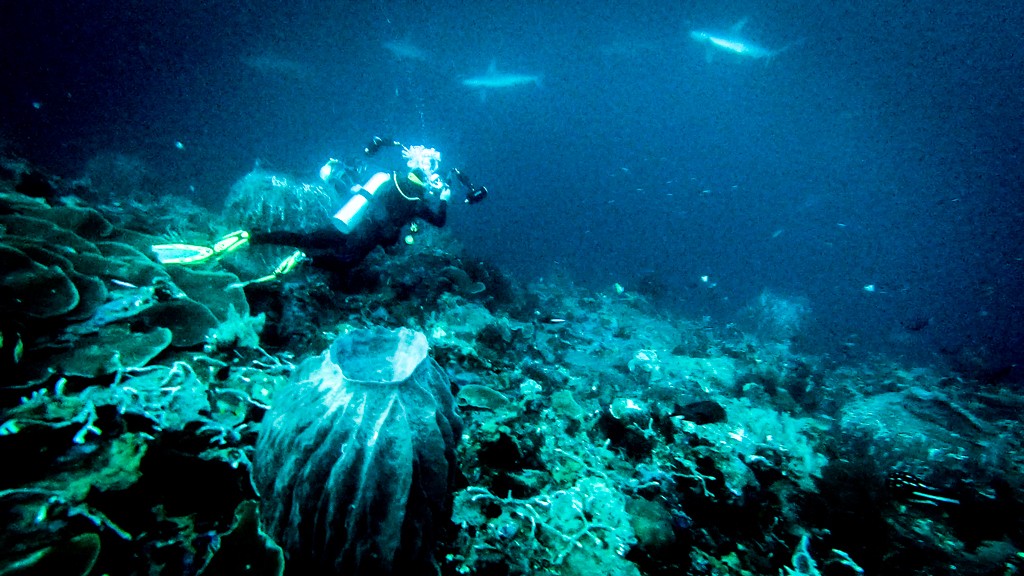
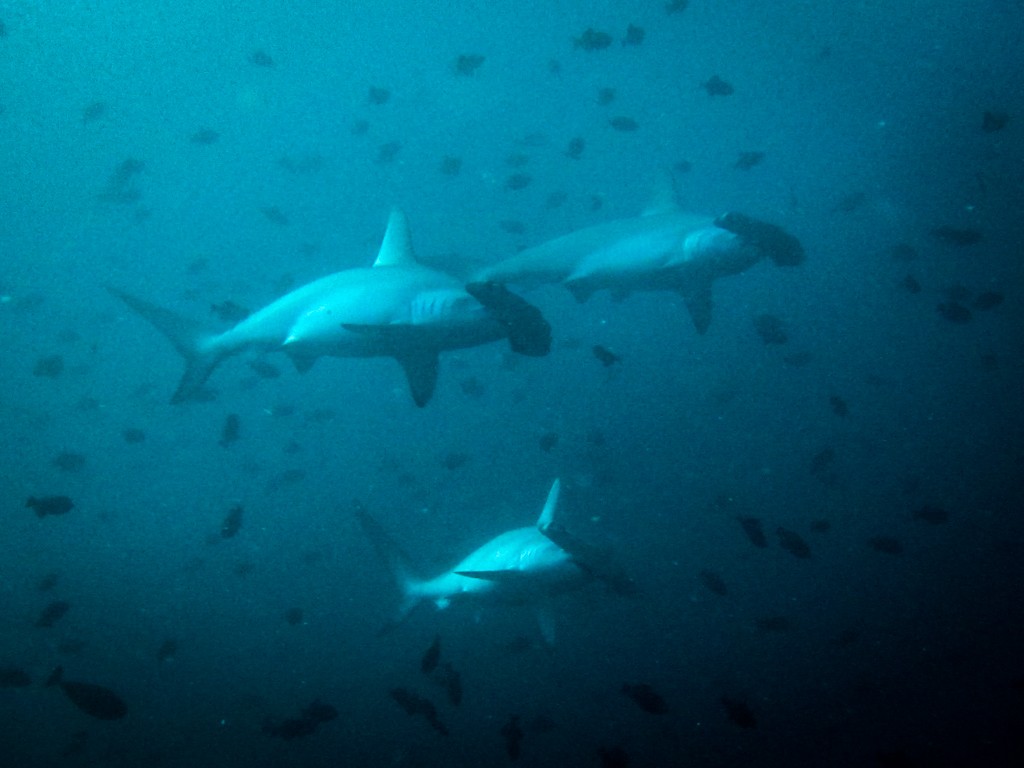
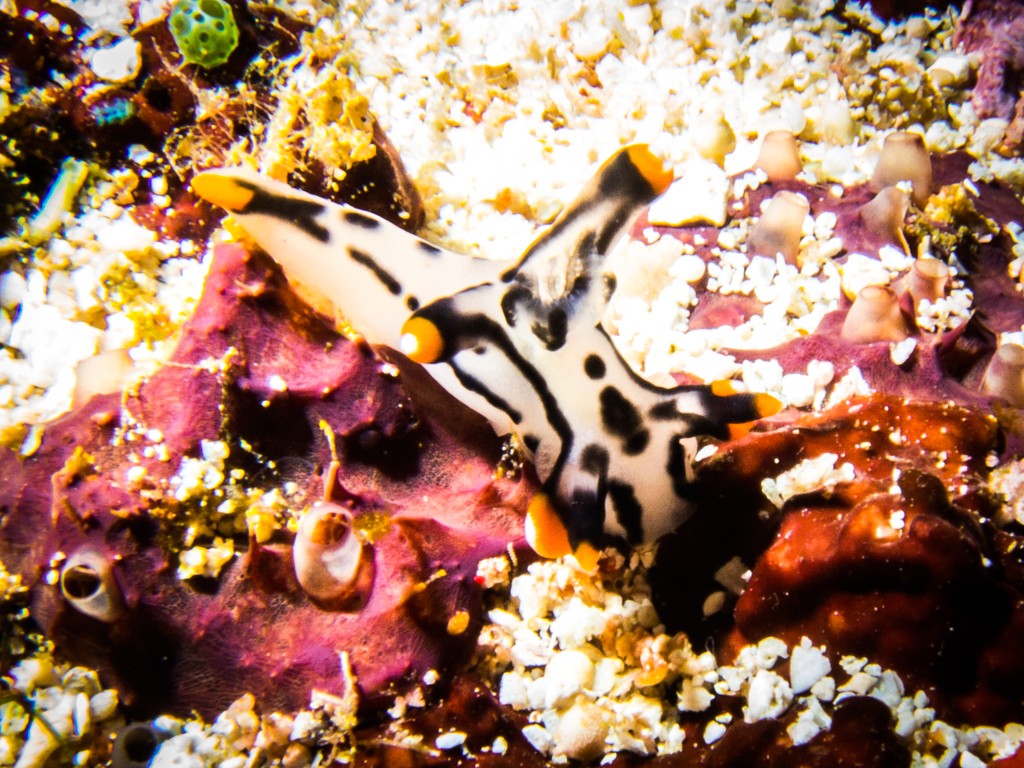
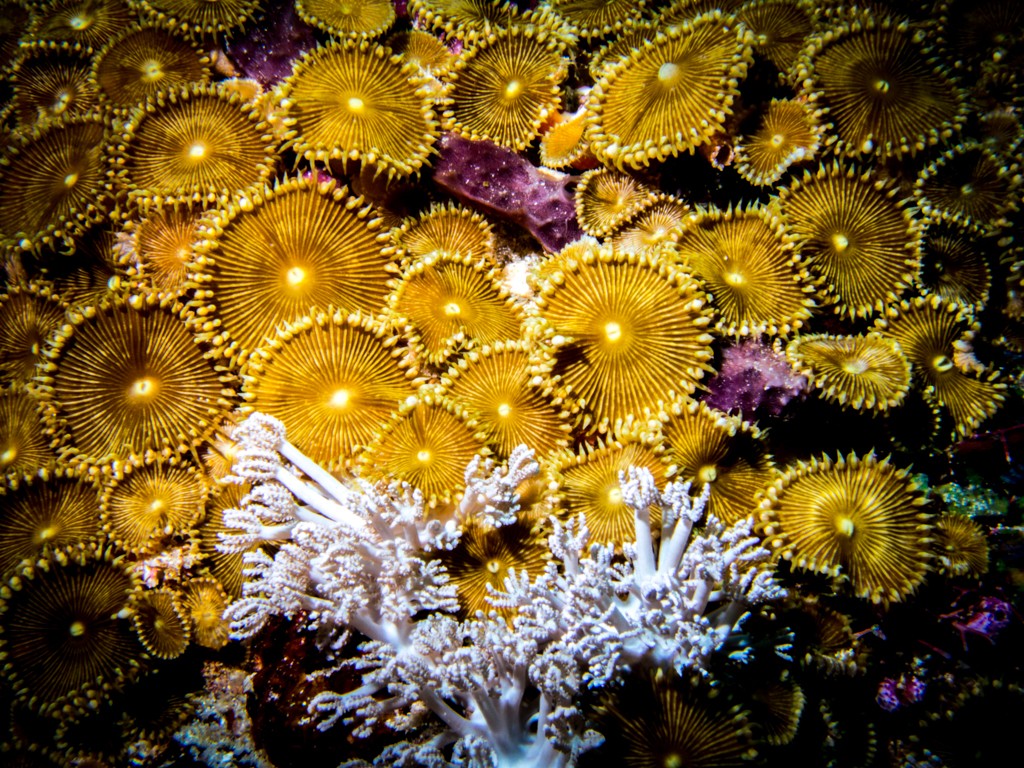
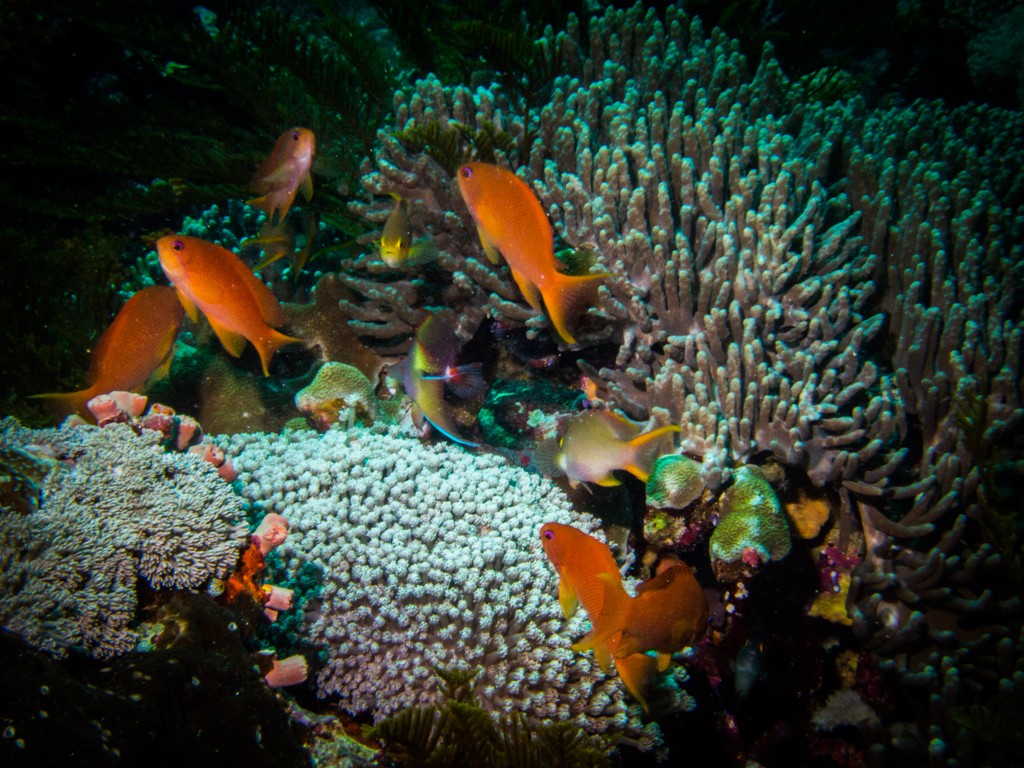
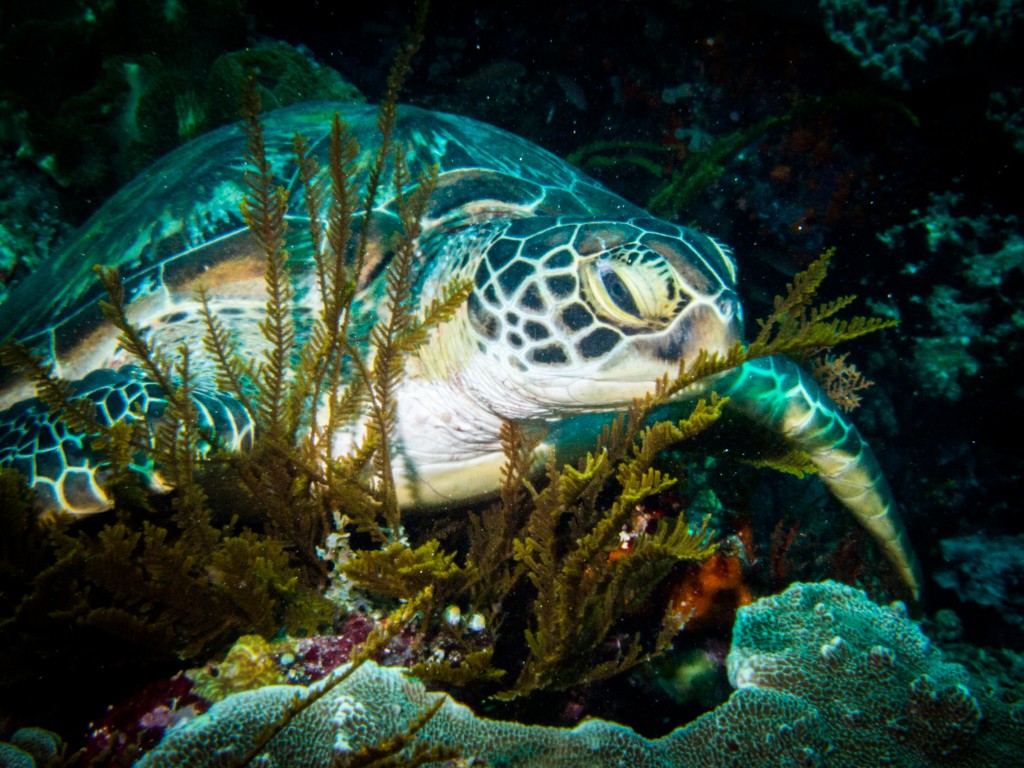
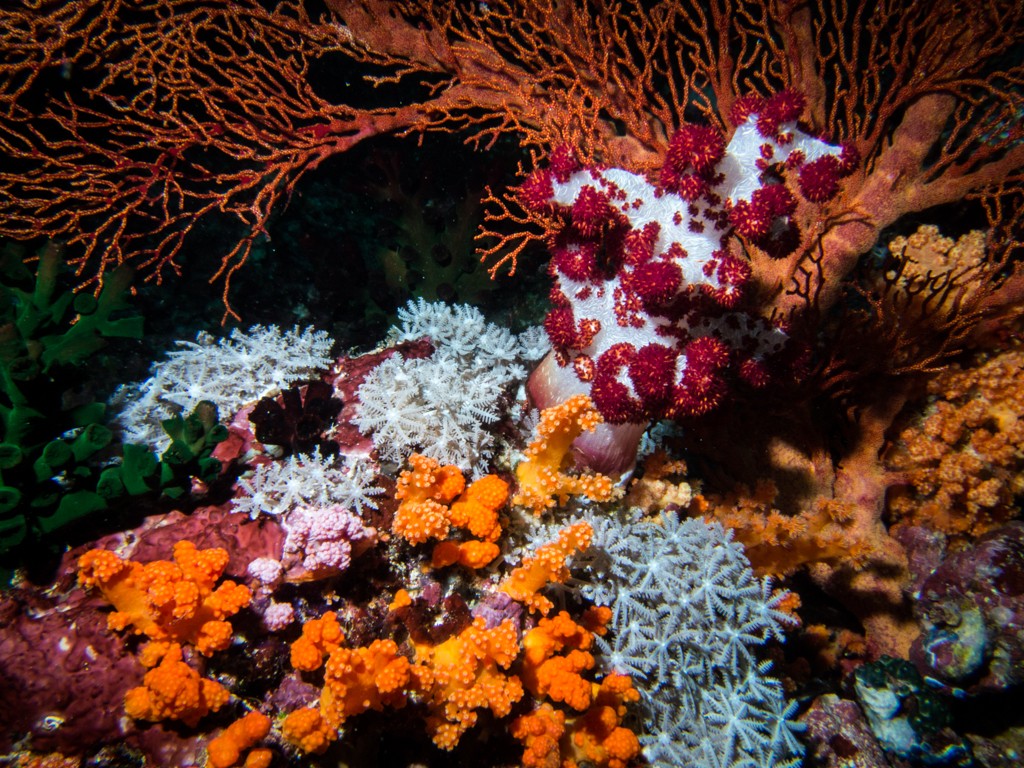
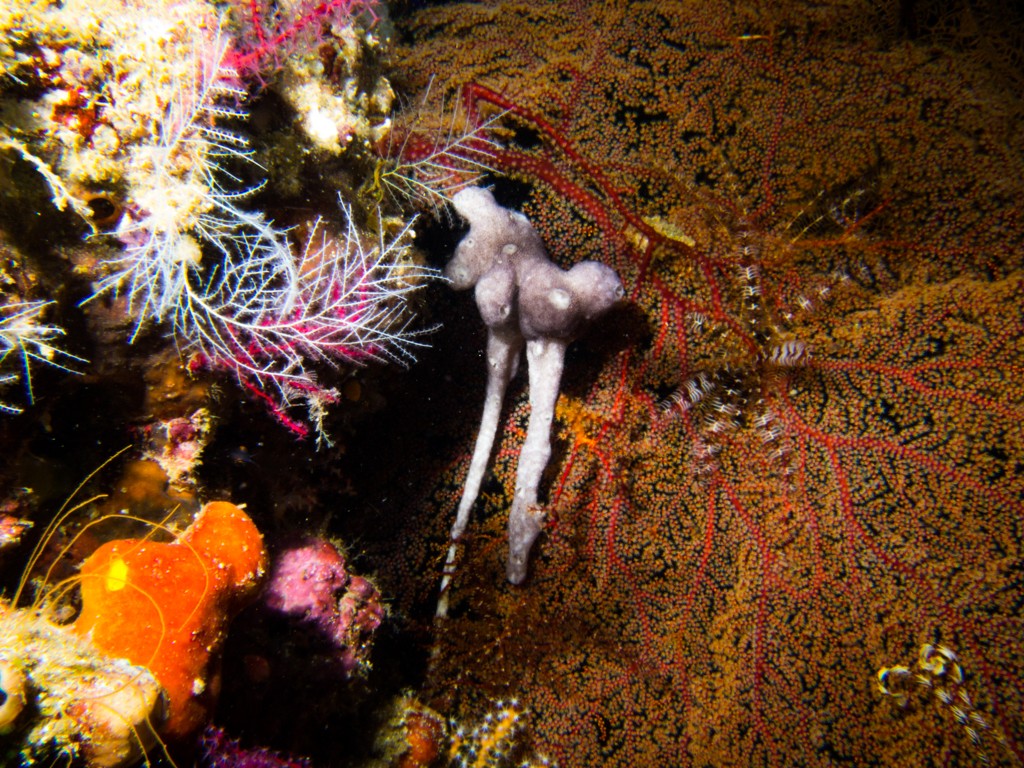
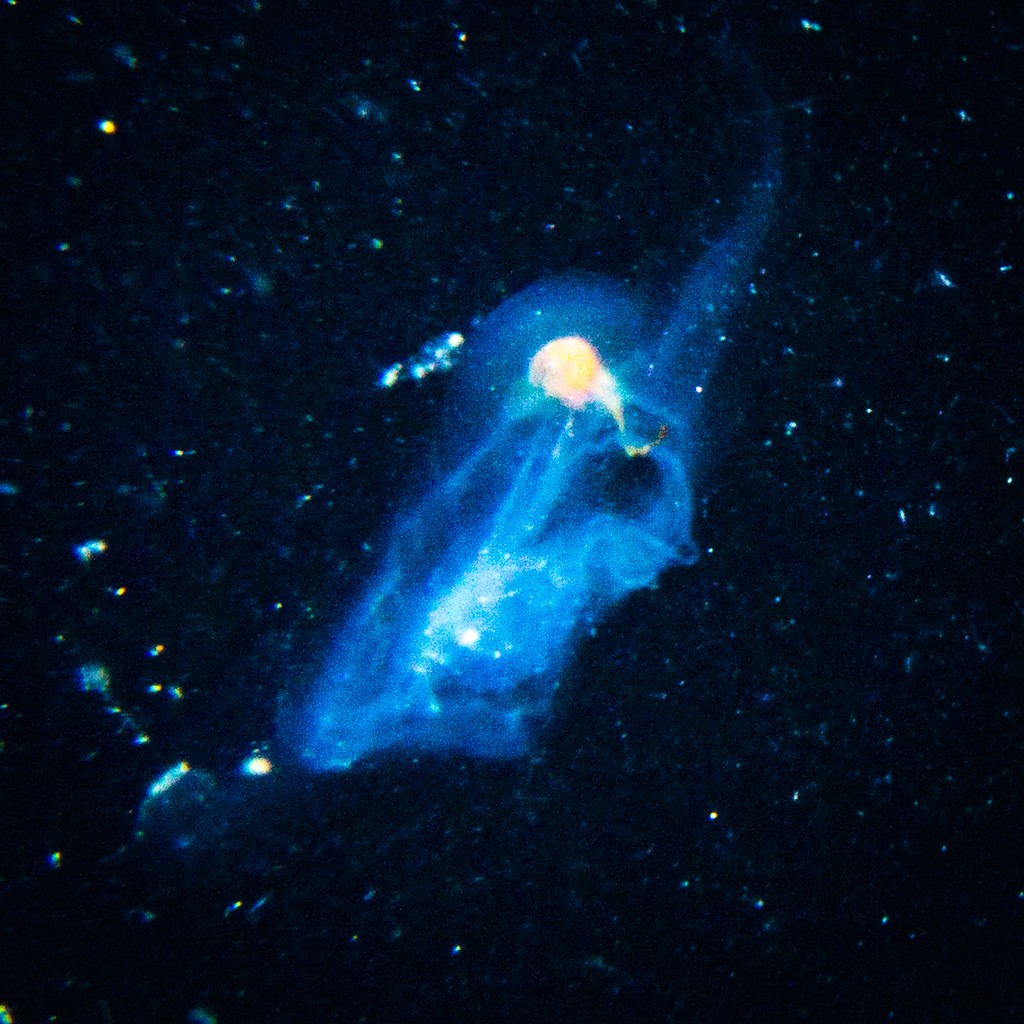
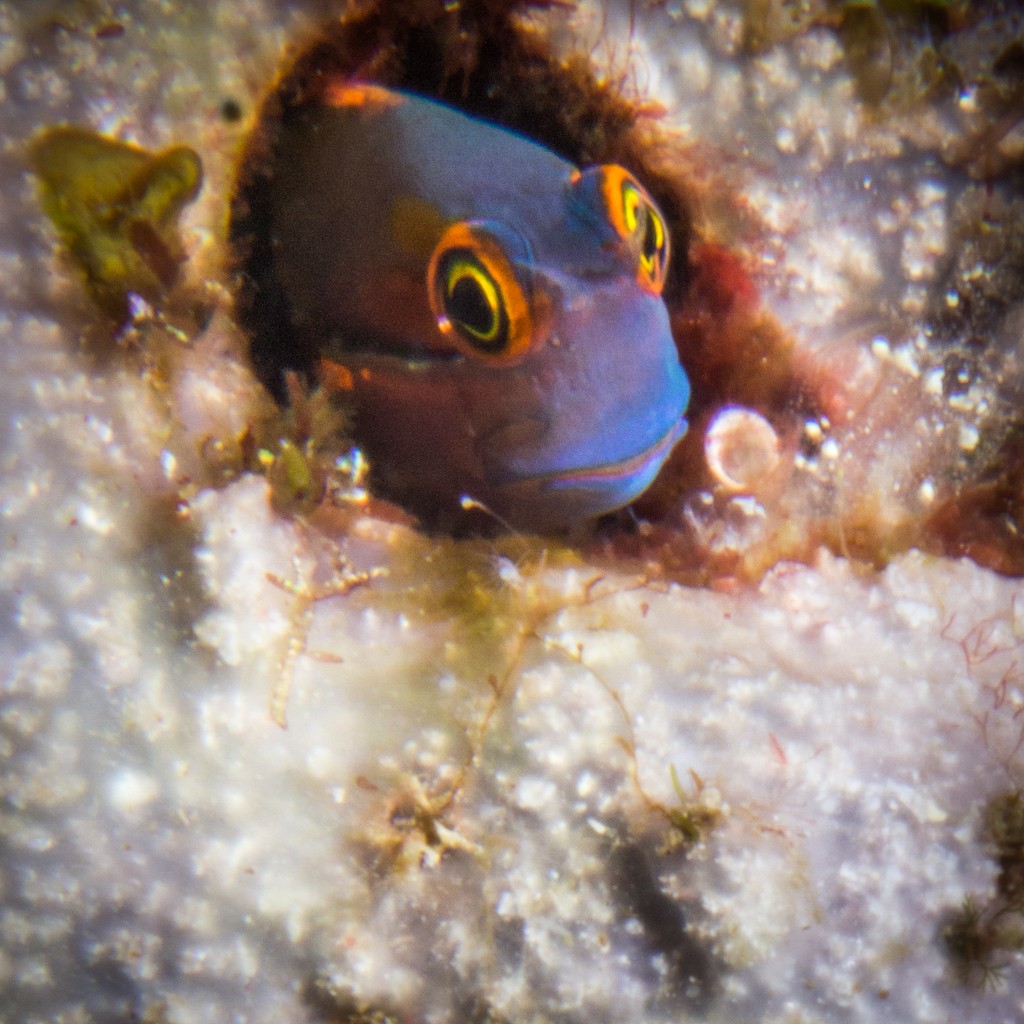
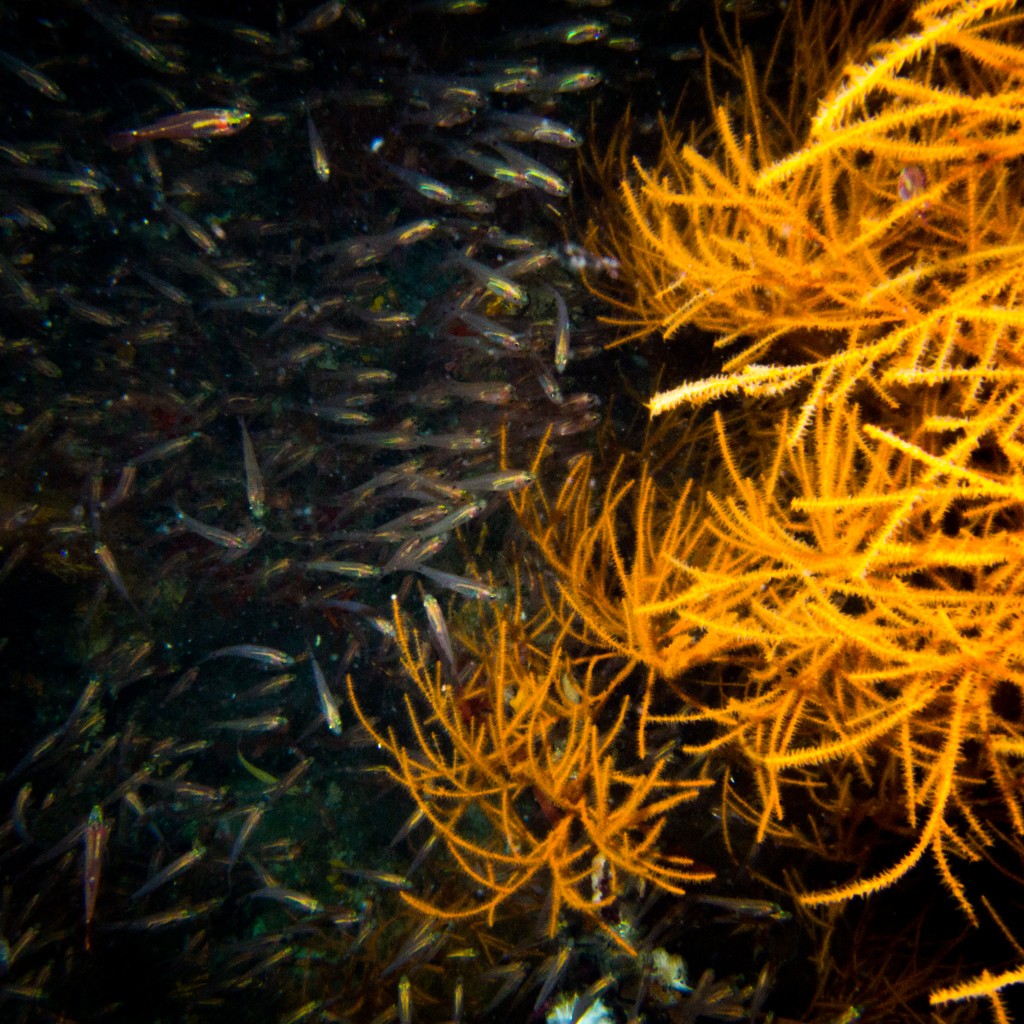
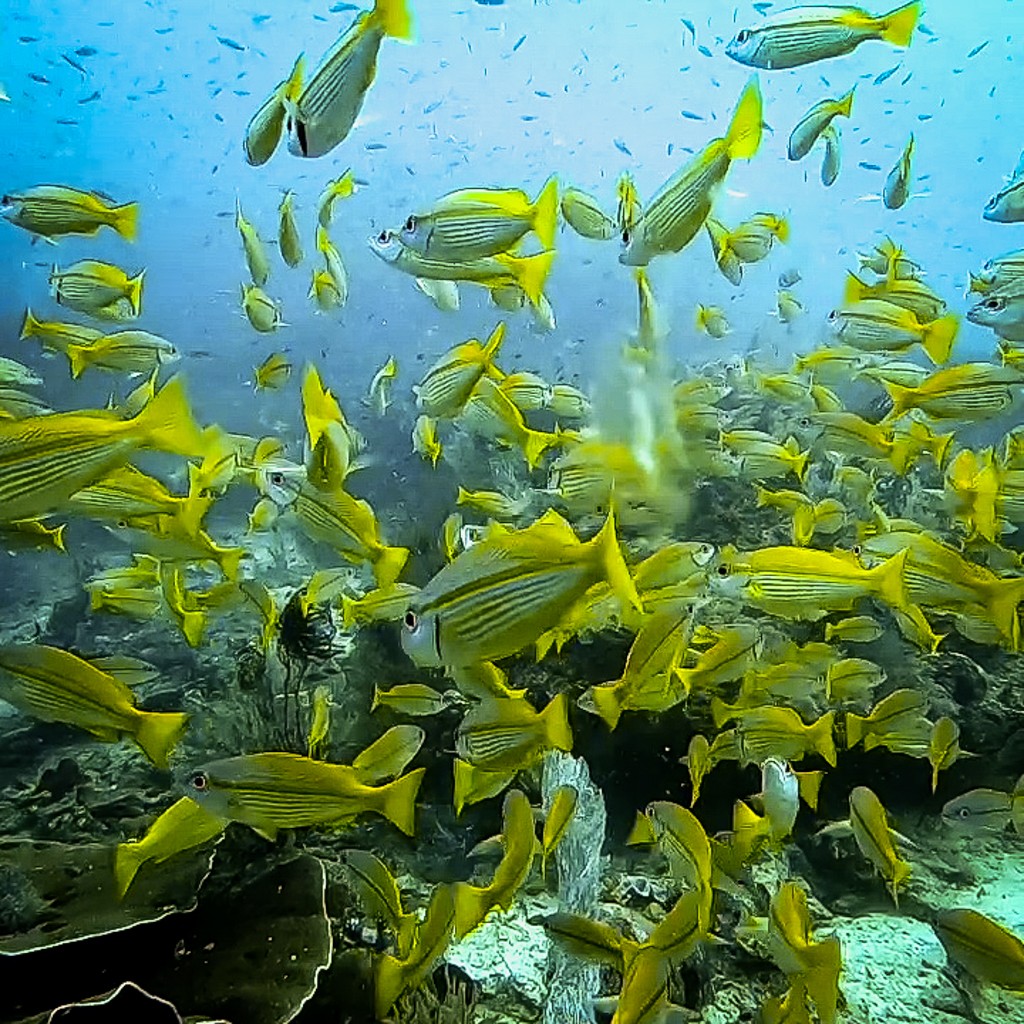
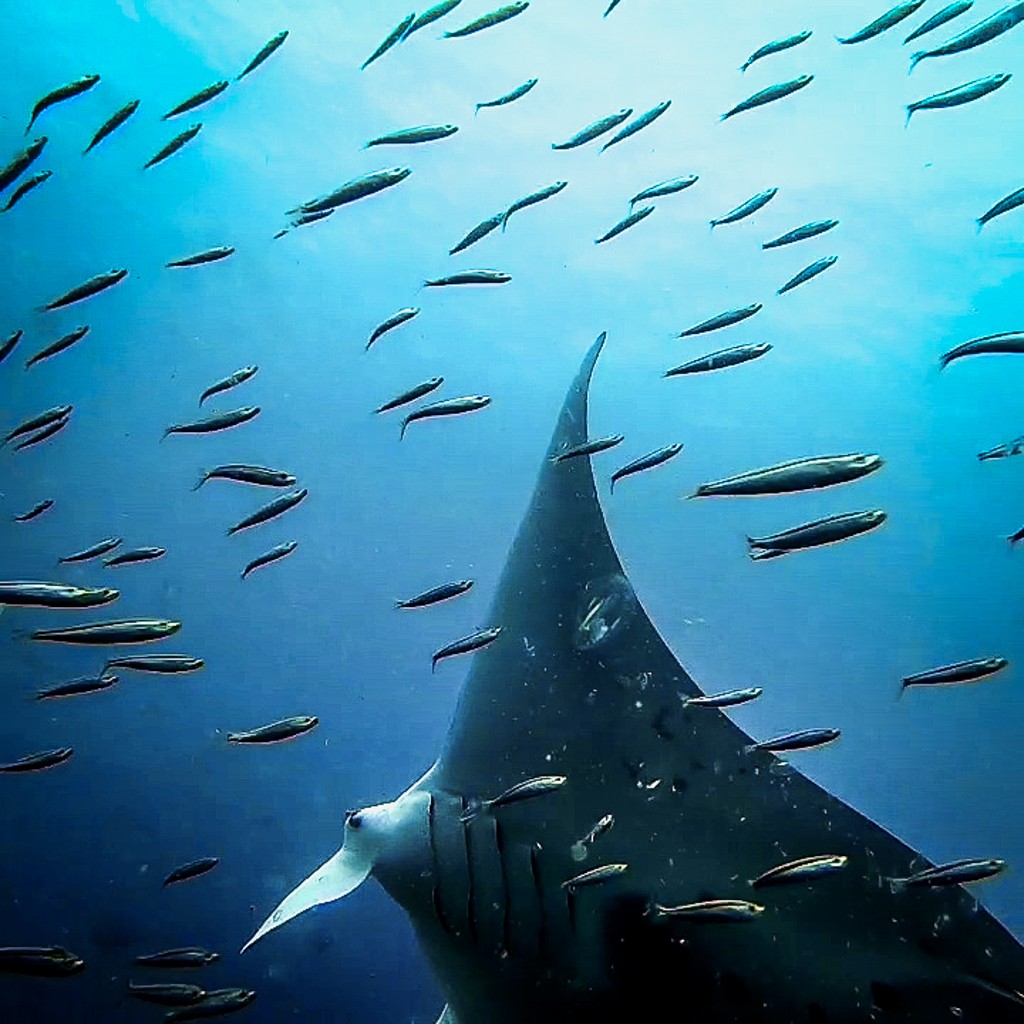
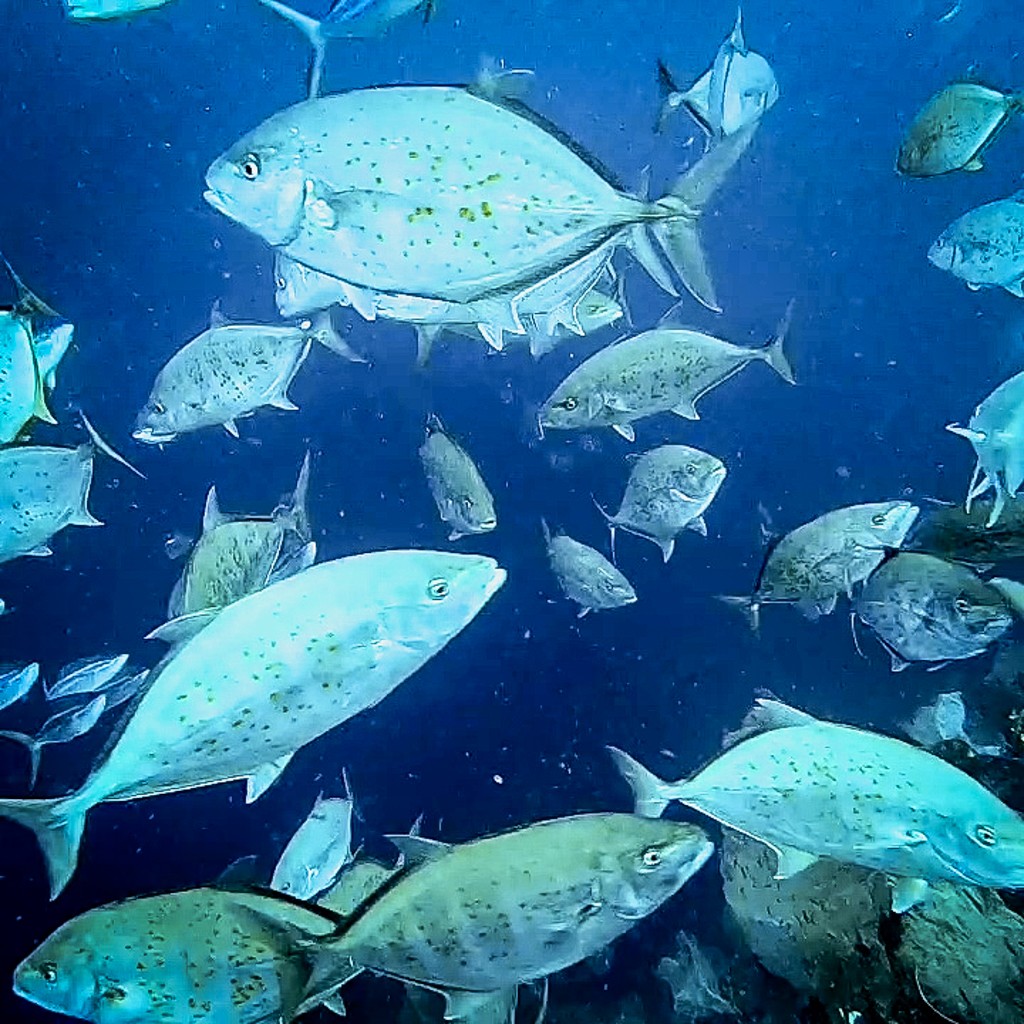
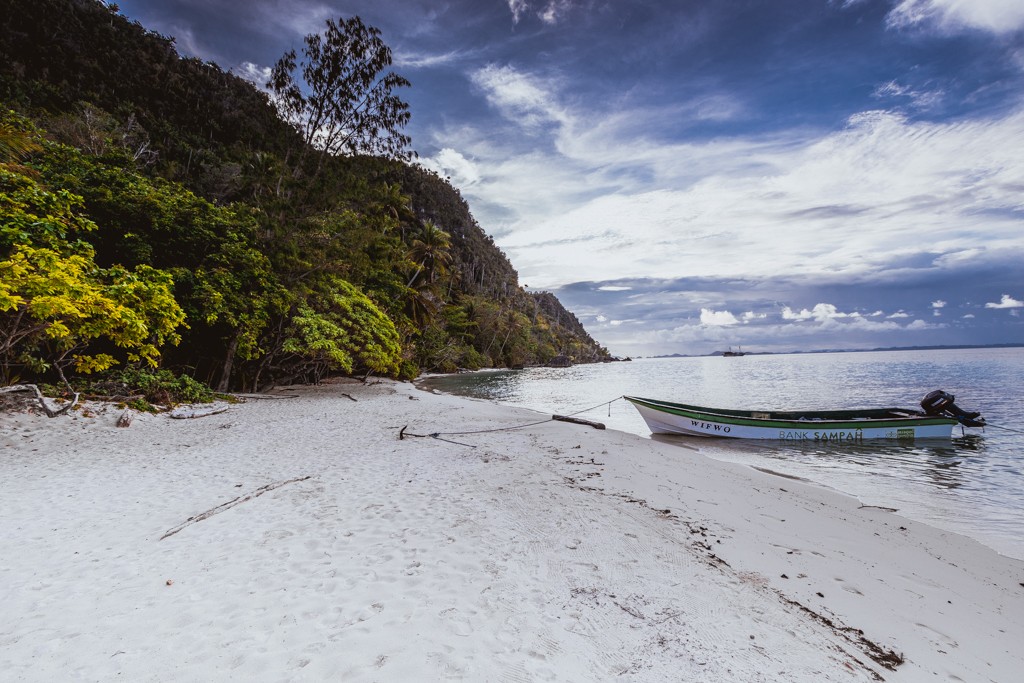
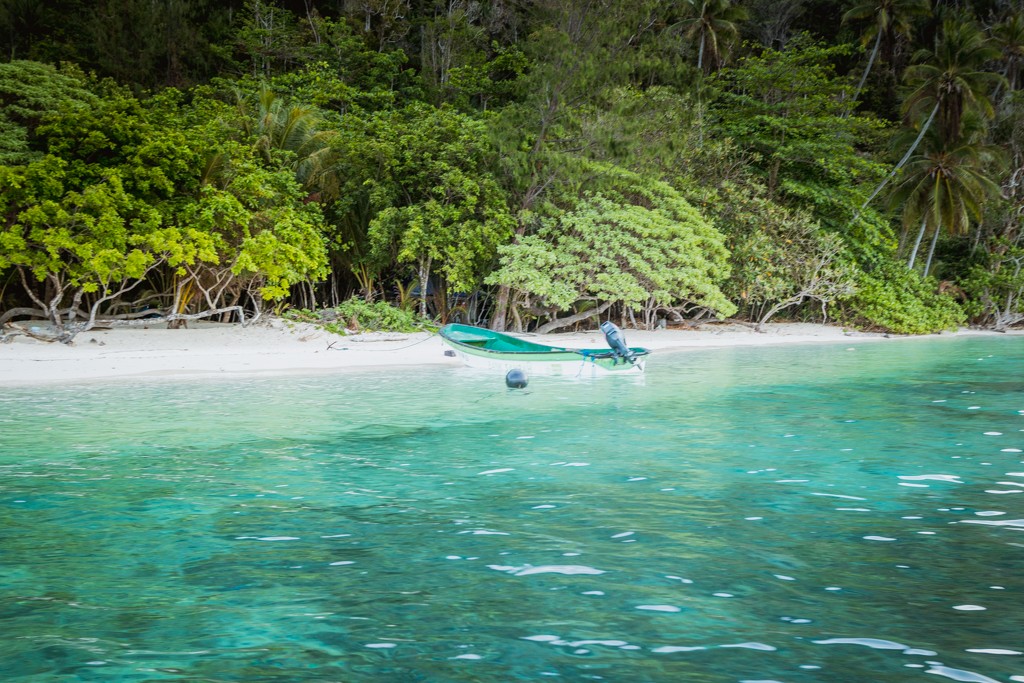
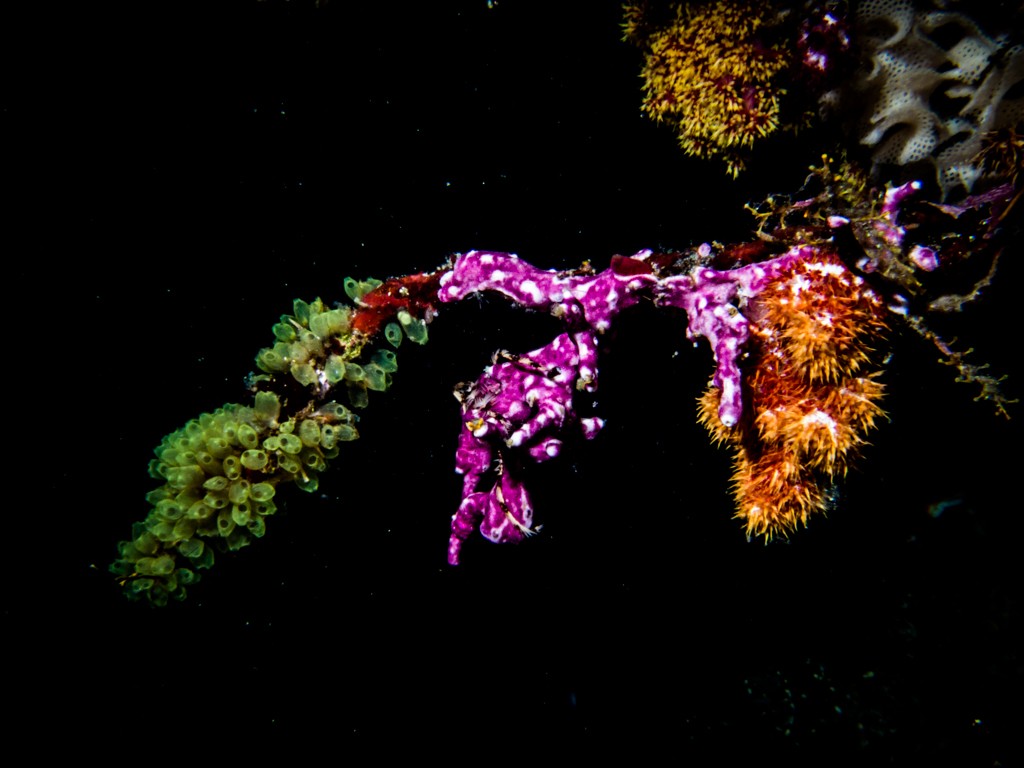
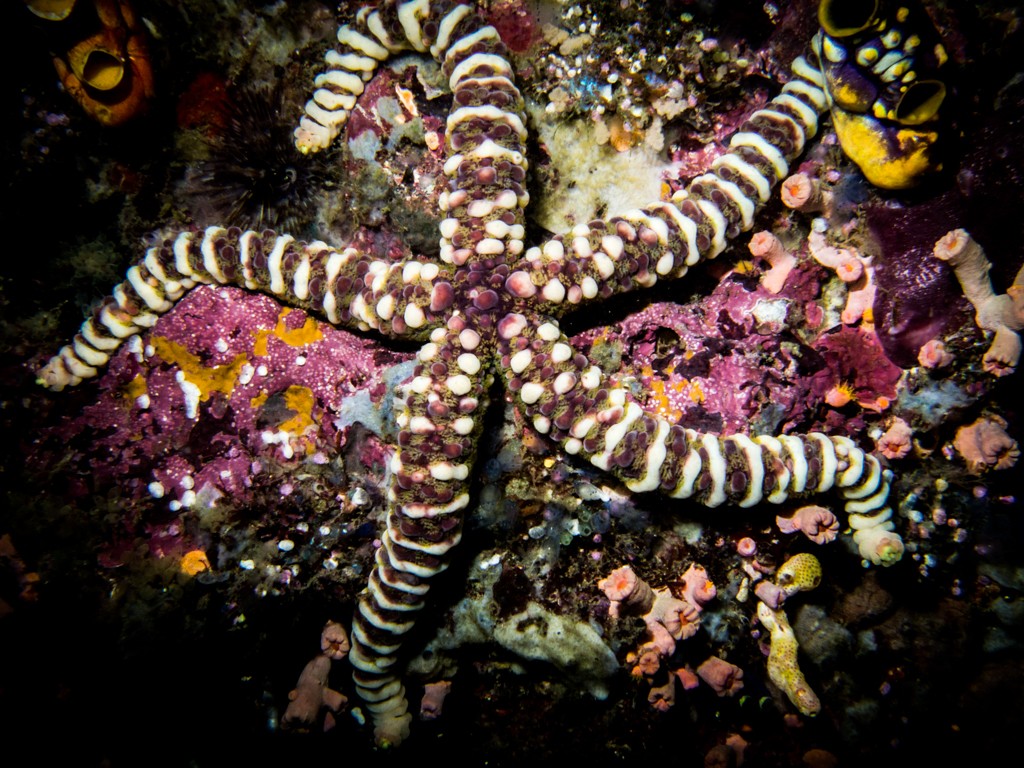
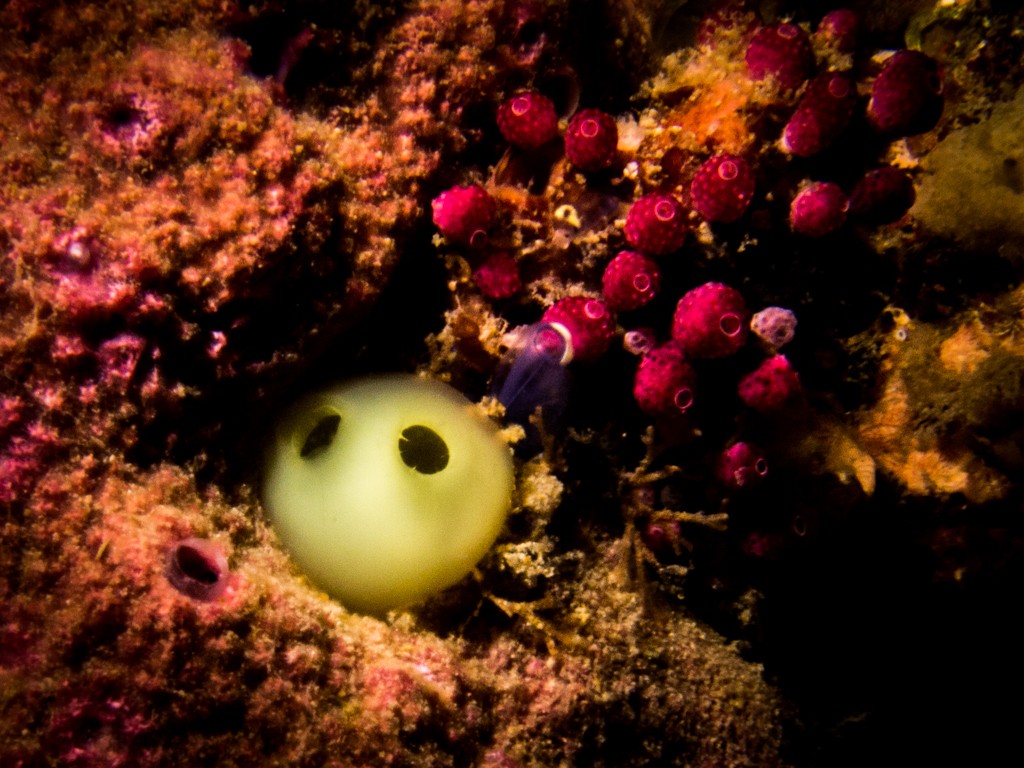
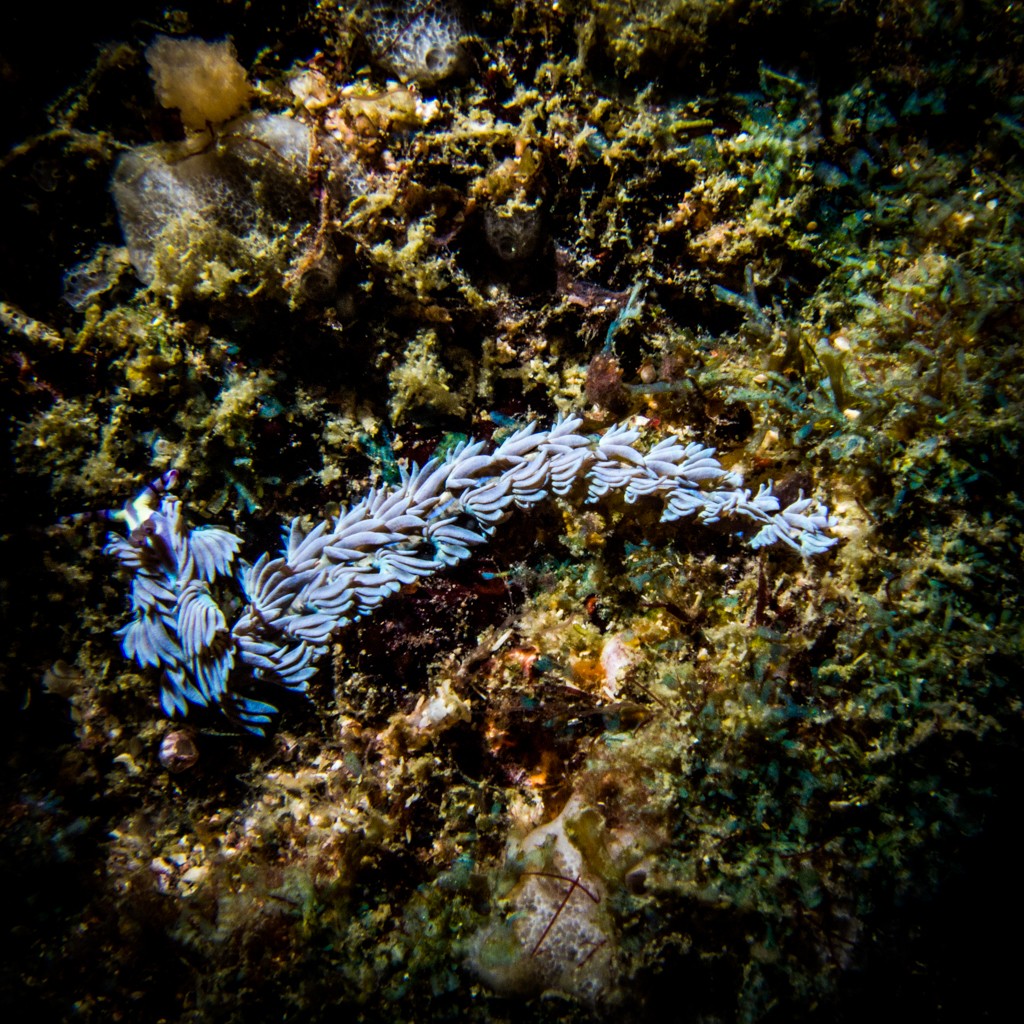
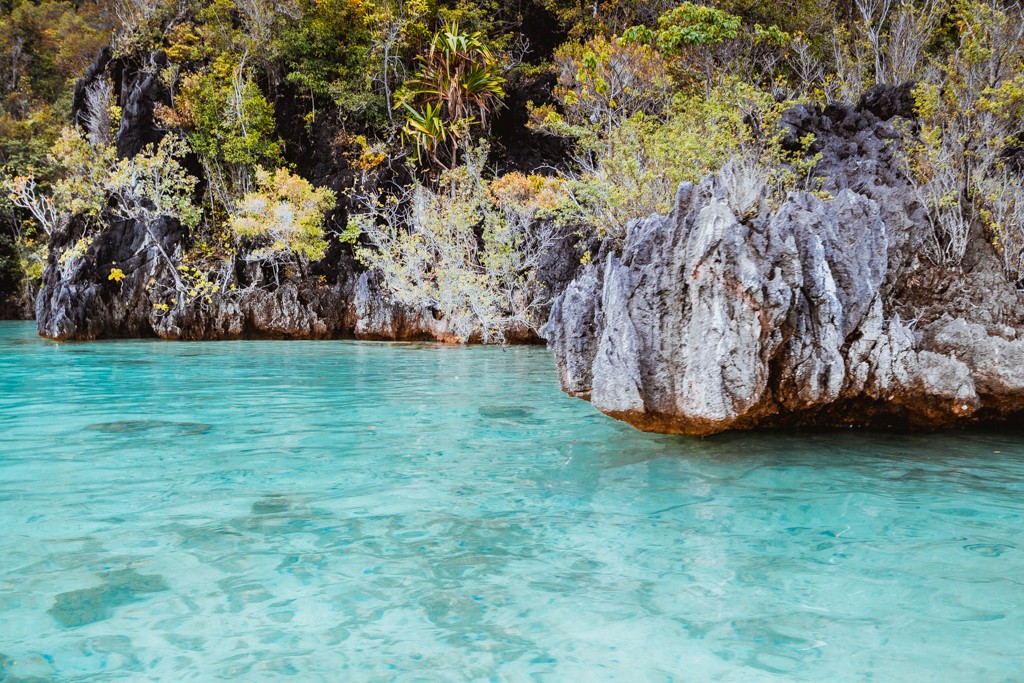
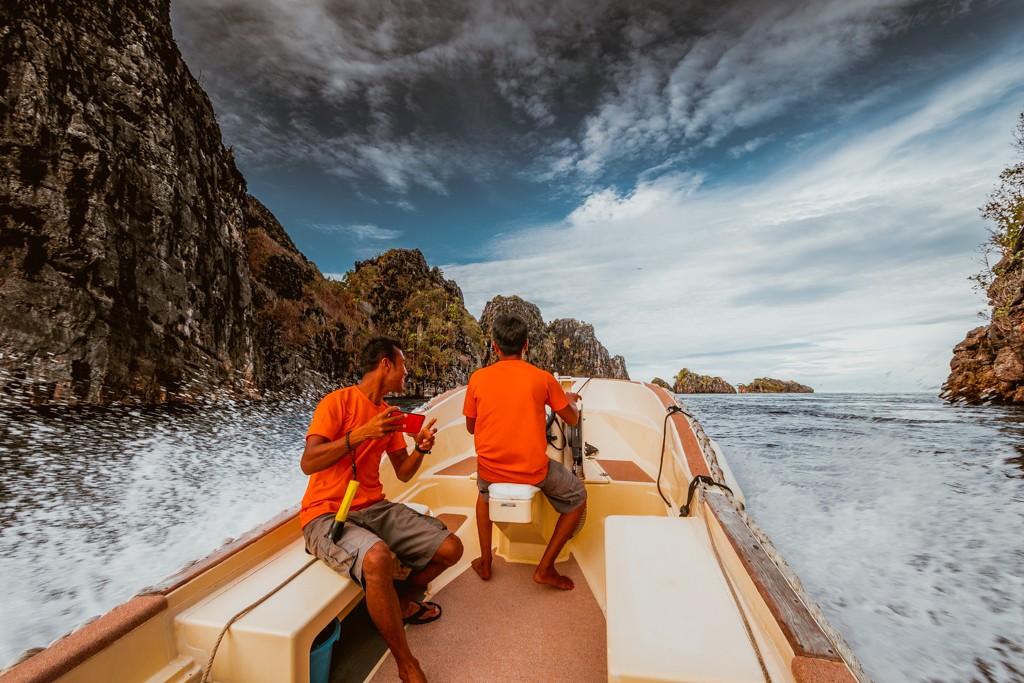
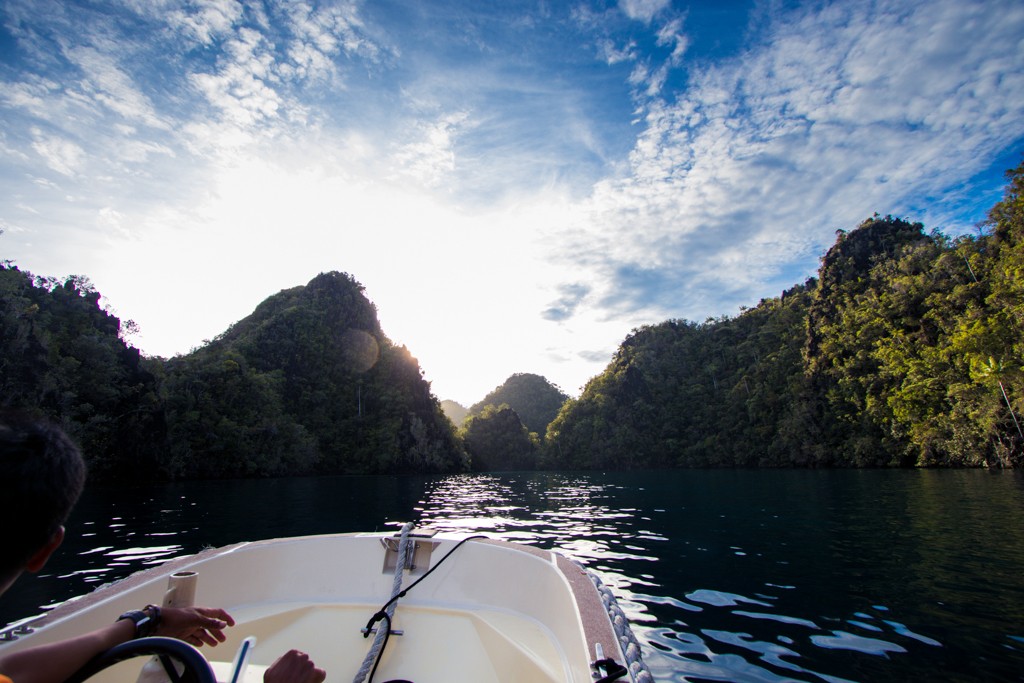
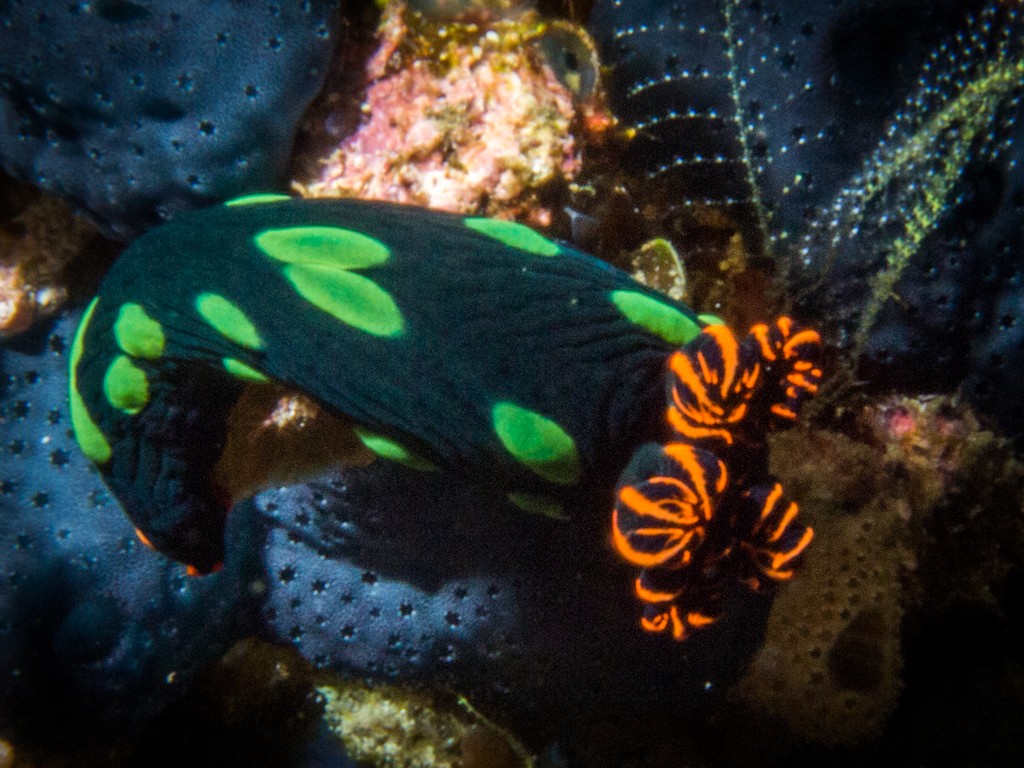
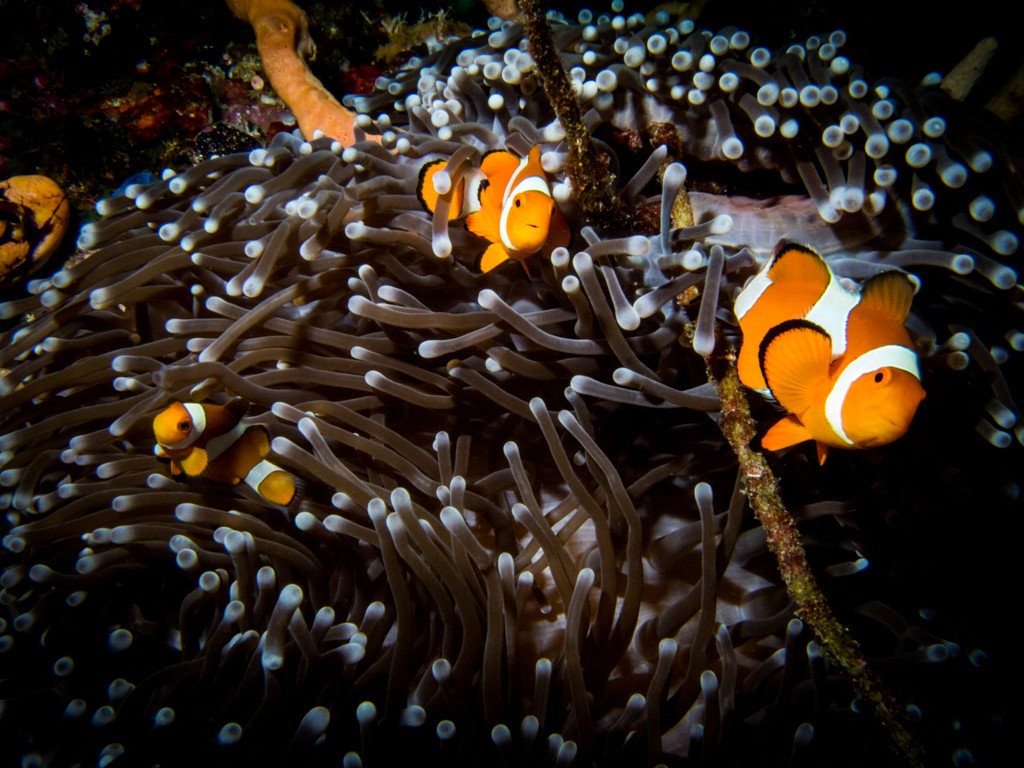
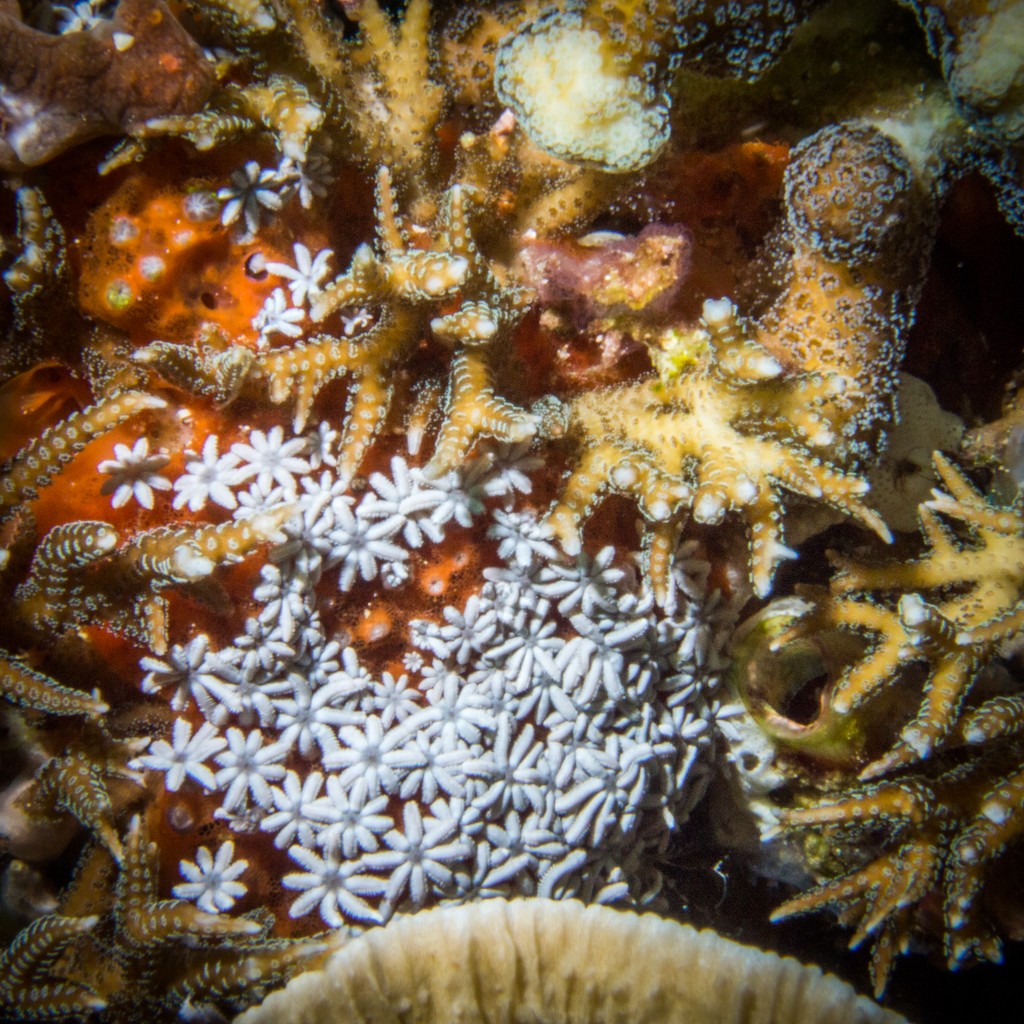
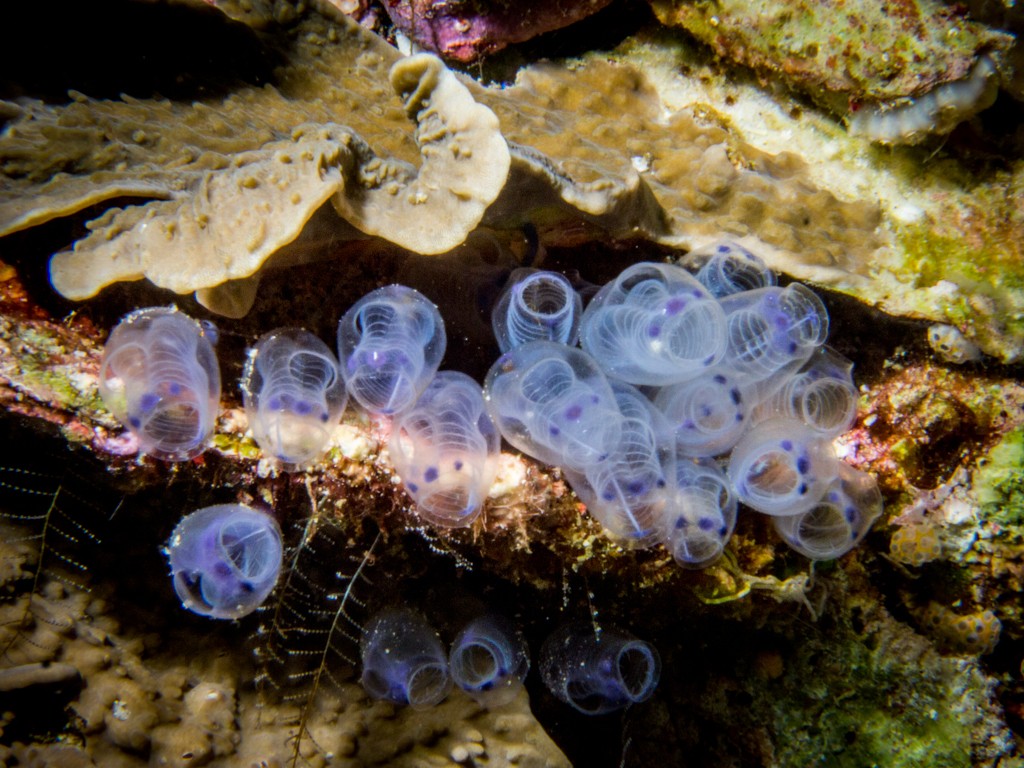
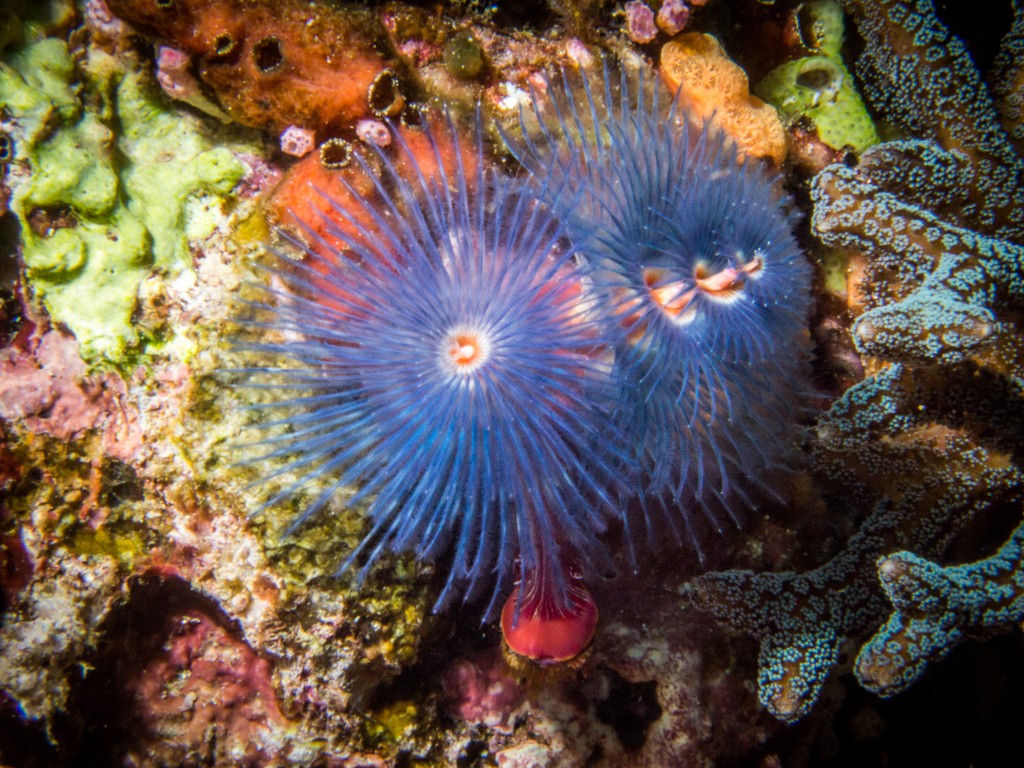
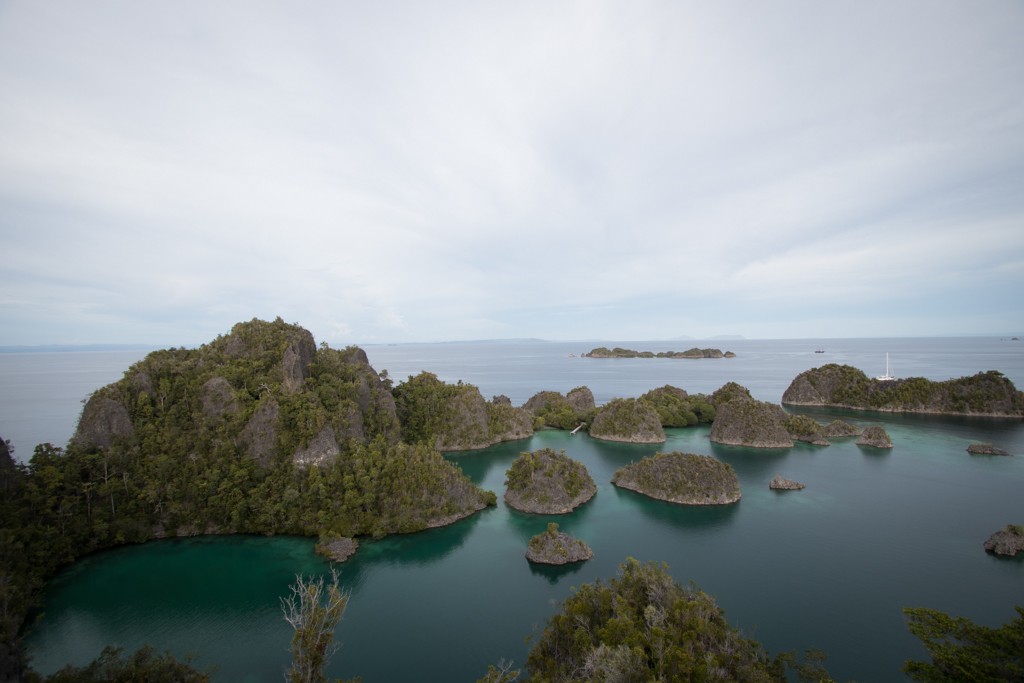
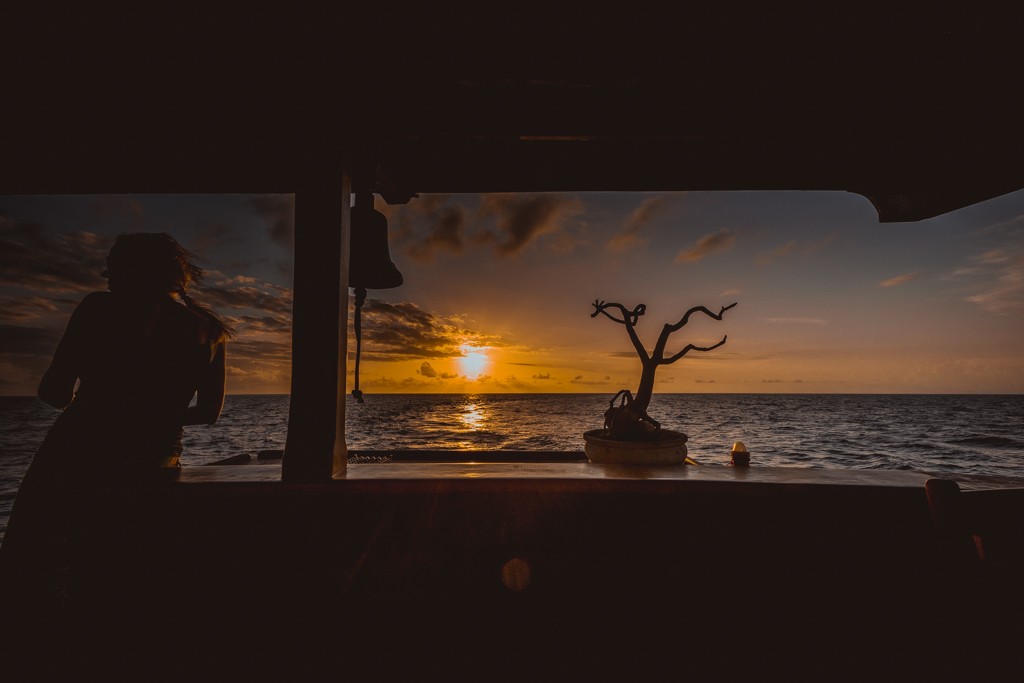
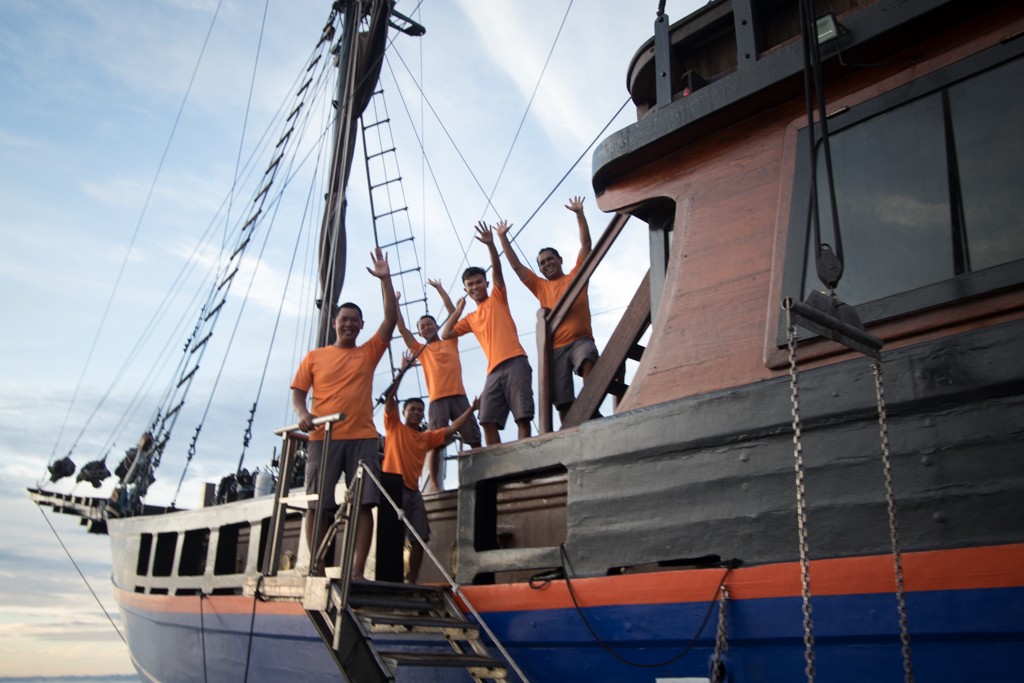
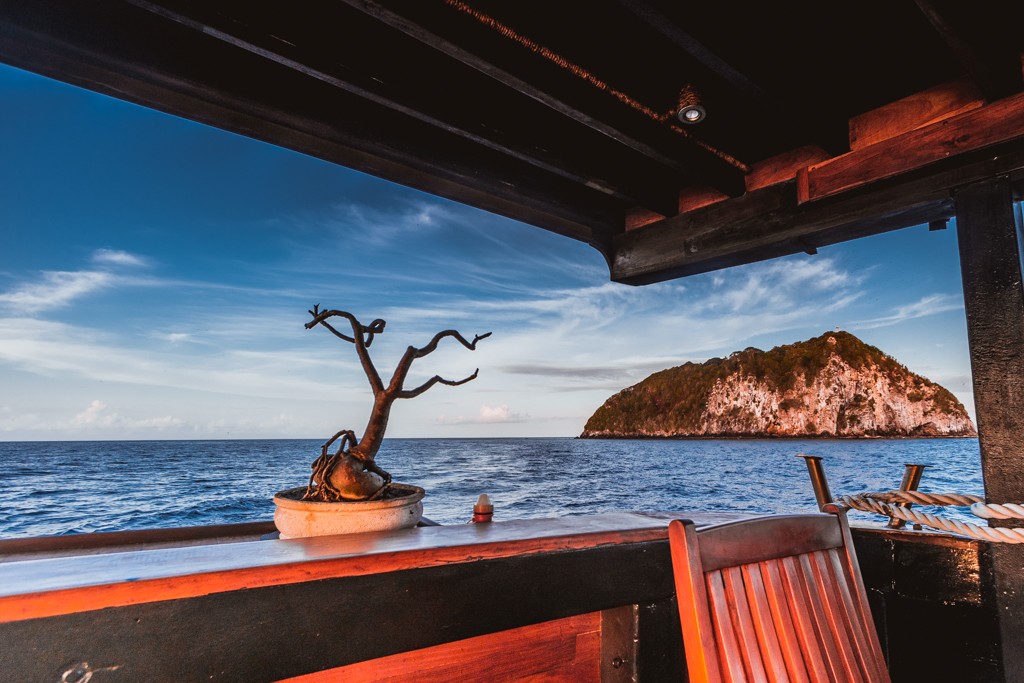
A awesome content. My husband and I run a diving center in Cyprus. We want to offer something more than diving to our existing customers. Anyone have any ideas? It can’t be coffee.
Ambon is a total hidden gem! We went here last spring, absolutely loved it.
There’s a special place in my heart for Nusa Laut Island. Perhaps it’s because it’s the smallest of the Lease Islands. But I just love the peaceful vibe there. So glad to see you mentioned it!
Hi, all the time i used to check weblog posts here early in the
daylight, for the reason that i enjoy to find out more and more.
I feel this is one of the so much important information for me.
And i am glad reading your article. But wanna observation on few basic issues, The site style is wonderful,
the articles is in reality nice : D. Excellent task, cheers